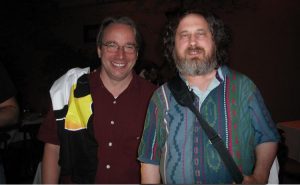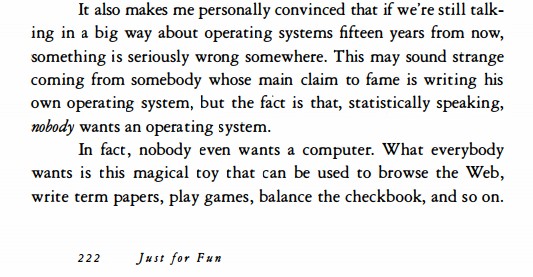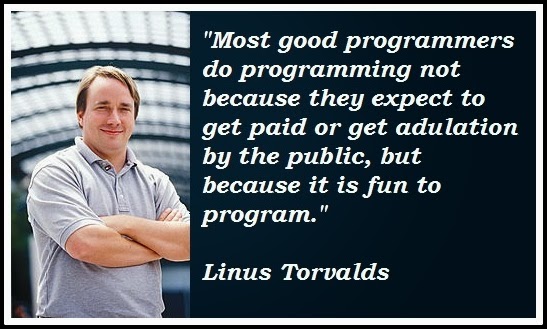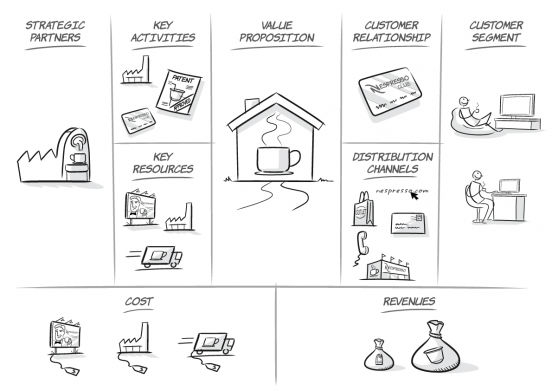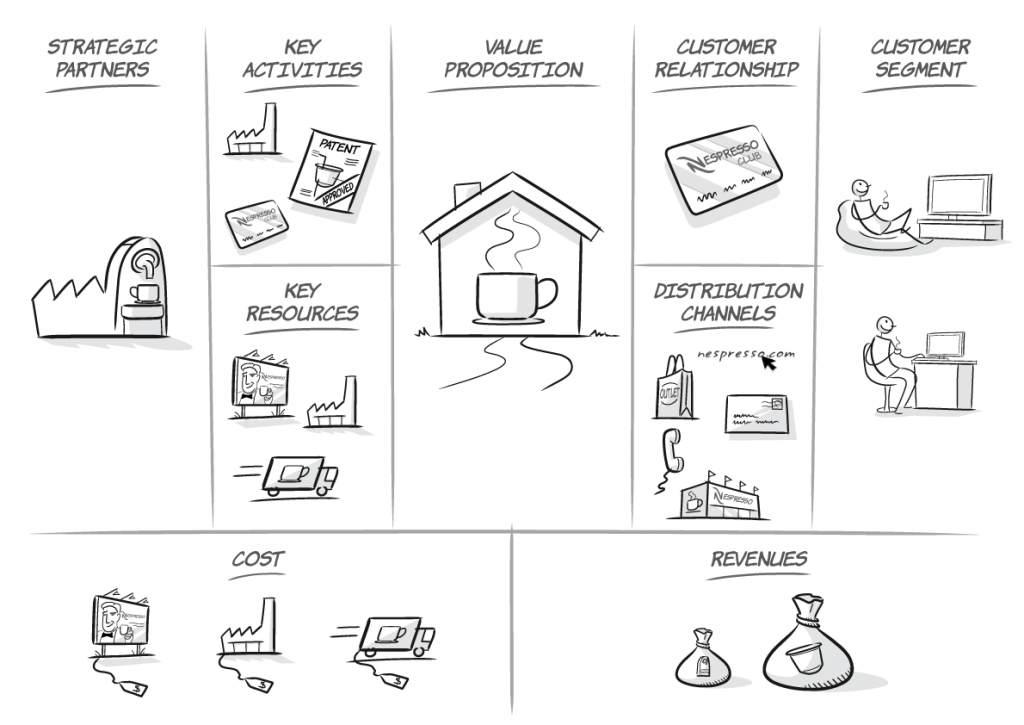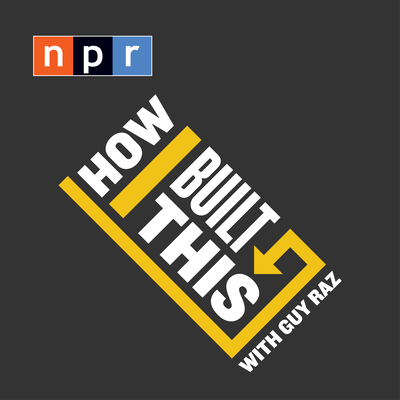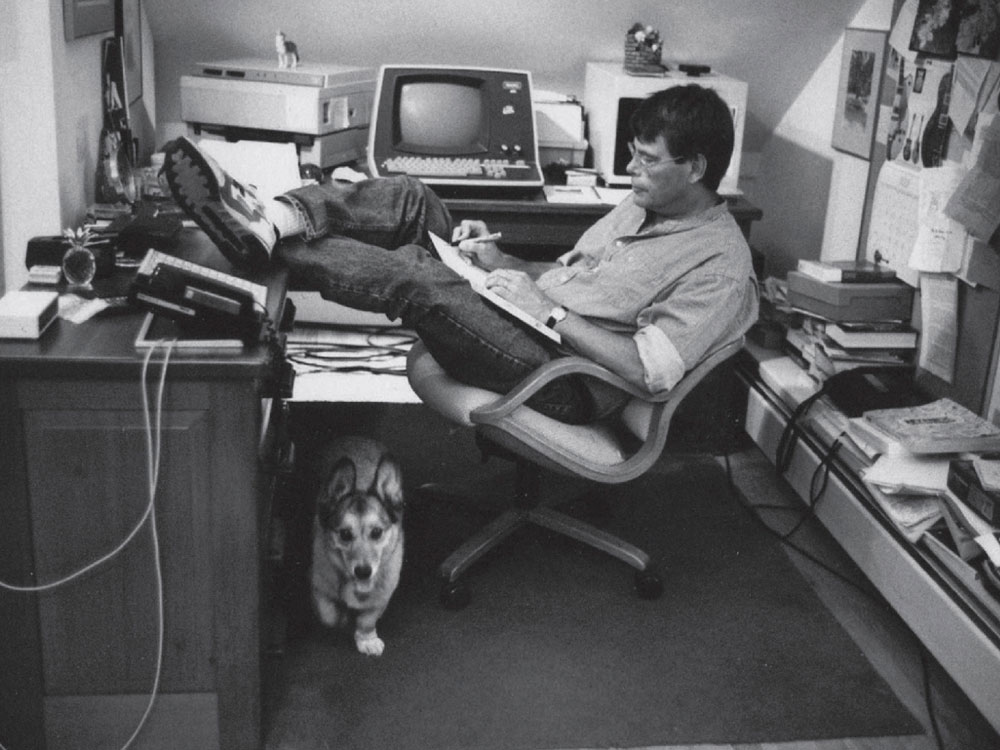Do you struggle to organise your work, because it seems everybody wants something from you? Of do you often wonder whether you’re doing the right things? This post helps you to answer those questions.
Here are the six basic responsibilities you have as a professional in the modern workplace. Follow these and you are on the right path.
I wrote these down as a reminder to myself and to pass on to people. Because it is easy to lose sight of your basic responsibilities. I also noticed a lot of young professionals struggle with what is asked of them.
Regardless of your specific job — whether you are a manager or engineer — just starting out or a seasoned professional, the following basics will always apply:
- Know thy time
- Add value
- Use your leverage
- Manage expectations
- Track your tasks
- Prepare for a different job
I distilled these from my experiences as an engineer, Engineering Manager and CTO for a tech company. And all of them were shaped or sharpened by reading and applying what I read.
The basics are presented as instructions. The key action per item is bold and at the bottom of each item are the book references in cursive.
Know thy time
Time is totally perishable and cannot be stored. Yesterday’s time is gone forever and will never come back.
Peter F. Drucker
This is the most important thing you can learn about the most valuable asset you have: your time. Every second is unique and you can only spend it once.
Know where your time goes and demand that your time is used wisely.
Know
Measure your time. There are many ways. Here is the most basic one: write down, during the day what you did and then every morning — and this key: take a moment and reflect on the previous day.
- What worked, what didn’t, what are you happy about, what not?
- What would have liked to done differently?
Do this every day and you will see patterns emerge, and you will learn more about yourself and your talents and your future (more on these two things later).
If you have never tracked your time: this is the most basic thing you can do. As you become more skilled in this, weekly, monthly or yearly reflections provide even more insight. As will discussing and reflecting on your accomplishments with an accountability partner or coach.
Demand
You value your time, and will even more when you start writing down your daily accomplishments.
And you should also demand people to take your time seriously. Examples:
- Skip meetings if you don’t feel you can add value or if you think you can add more value somewhere else.
- Shorten your meetings, someone shoots an invite for an hour? A very common thing that happens in organisations. Reply to make it half an hour.
Companies and teams have the characteristic to follow Parkinson’s law. Study this. This is a real thing organisations and teams struggle with. Be on the lookout for it.
If you cannot manage your time you can’t manage anything else.
Read on and you will see that this specific instruction permeates all other instructions.
Read Drucker and Aurelius to know more about this responsibility.
Add value
You are paid to add value. You are not paid for your time; for simply clocking in 8 hours every day. If you are, your company is doing it wrong and you are on the wrong path.
If you are an engineer there are only two things that add value, and only two:
Creating things and solving problems.
That’s it.
You help your company by creating things and solving problems that their customers pay for. This is your contribution. Everything else is a byproduct of the above. And if it isn’t, immediately stop doing it.
You are by no means paid to have meetings, they can be a necessity, a means to an end, but never the end itself.
Meetings are also arrangements for people to socialize. This is fine and has its purpose (teambonding or building trust or just fun). But again, the real purpose and goal is to always add value.
Yes, but I am a manager?
Make no mistake, as a manager you are paid for the exact same two things. However as a product-, customer- or teammanager, your work is often less tangible or more indirectly related to the above. But if you drill down, your responsibilities as a manager are:
- Decide priorities of things that need to be created or solved
- Keep track of projects and commitments
- Communicate within team and with other teams
- Help team members grow
These four duties as a manager (or senior engineer) are to ensure the team is still doing either one of these two things: creating the right things or solving the right problems. There is no difference in responsibilities, just different tasks.
Read Grove, Drucker and Evans to know more about this responsibility.
Use your leverage
If you combine the above two instructions (Know thy time and Add Value) it leads to this: you are always trying to spend your time to add as much value as possible.
Whether you are an engineer or manager: you have unique talents. This is your leverage, this is what enables you to add value, this is why you were hired. Use your talents as a leverage to always try to add the most value.
You know your talents. And if you don’t, start writing down what you did the day before, reflect on it and I assure you your talents will soon emerge (Know thy time). And with this knowledge:
Always ask: where can I at this moment add the most value?
Is sitting in a meeting with junior engineers to train them the best use of my time? Or should I try to finish building this database cluster? Or should I call this supplier and discuss their proposal? Different tasks that ask for different talents. And the answer is never straightforward and depends on many things. You have to decide.
But the rule of thumb is: always pick the activity where your unique talents can have the most impact to the added value of the team or company at that moment.
Read Grove to know more about this responsibility.
Manage expectations
In trying to reach the goals of either creating things or solving problems there are only two outcomes.
- You reach the result: you created what was expected or you solved the problem. Great!
- You communicate early that things weren’t going as planned. Not great, but this happens all the time.
It is your responsibility to manage expectations and try to eliminate surprises.
For companies: surprises are bad, avoid them. A job is not a birthday surprise party. Your coworker does not like surprises, nor does your manager and I can assure you his / her manager even less (unless it is their actual birthday of course).
The way to avoid surprises is to communicate often and early. And sometimes this is the only tool you have to manage things that are beyond your control (suppliers, illness etc.).
Of course always focus first on the first outcome (reach the result), but don’t wait to communicate when commitments or expectations are on the verge of being broken.
Read Allen, Drucker and Crucial Conversations to know more about this responsibility.
Track your tasks
You cannot slay the dragon until you can see it.
Cal Newport
If you have a job where you don’t have to write down what your team, manager, customers, third parties need from you, you are either a genius or your job cannot be very satisfying. Let’s assume you are not a genius and that you have a challenging job. You need to start writing things down. You need a system to keep track of everything that is in your head, to get it out of your head and actively work on it.
Clear your head by writing everything down. Please don’t use precious brain cycles to keep track of what needs to be done. I repeat: you are not paid to keep track of things. You are paid to add value. You do not add value by keeping track of things, you add value by creating things or solving problems.
At the simplest form this is the opposite of Know thy time where you write down and reflect on what you did the previous day (backwards). Track your tasks is, at the most basic level, a list of what you will do today (forward). You can combine these two activities in one sitting, every morning. It will only take a couple of minutes.
Write down what you want to achieve today.
This not only gives you a reflection point for the next morning (Know Thy Time) but it will also structure your day and give you a good guideline of when you need to demand your time to be taken seriously (“Sorry I can’t work on that right now because..” etc.).
It will also ensure that you add value and it will be an invaluable resource in deciding whether you need to manage expectations.
Of course there are all sorts of ways to structure this to prioritize or specify your tasks. Here are the three main ones:
- First things first
- Start with the end in mind
- Do one thing at a time
You can discuss at length about these, but see it as starting point. The key thing here is: you need a system: pen & paper, a computerfile or specialized tools. It does not matter what system you use. But please: clear your head.
Read Allen, Grove, Drucker and Covey to know more about this responsibility.
Prepare for a different job
This is not your last job. You will need to find another job. Prepare for this. This is your responsibility. Now. Not when you find yourself looking for a new job.
Know where your time goes and you will know your talents. You will also need to know or find out if your talents apply to other areas.
Actively prepare for a different job by always testing your talents against other jobs.
Know the difference between skill and talent. A good employer will look for talent more than skill. Say you are masterfully skilled in the custom, specialized CRM of your current employer. Your next employer will not have this CRM. This skill is useless. Your talent however could be you are very quick in picking up working with CRMs in general.
See training as a continuous process and not an event. You should always be trying to learn new things. Look to train for things that are generally applicable.
Don’t know what to do next? Write your own eulogy, be candid. What would you want people to say or remember about you? This is not some morbid experiment but one that will reveal your true desires. See if they line up with your talents. Where is the gap? Actively try to close this gap.
Read Drucker, Kotter, Covey and Johnson to know more about this responsibility.
Conclusion
This post is a summary of every responsibility you have as a professional. It presents a coherent model of six principles that can sharpen your views on your professional responsibilities.
This post also offers a variety of literary references as a starting point for you to dig deeper into the mentioned subjects. Because every subject here is, of course, much broader and deeper than will fit into a blogpost.
Why?
This question was left unanswered. And for all intended purposes it could as well have been at the top of the post. Why indeed a summary of principles and instructions?
Simple: you spend about half your waking life at your job. This is time you can only spend once. So this is extremely valuable time.
Your time is valuable and important and you want to spend it on something that is both satisfying and fulfilling. You don’t want to spend your days propped up behind a screen doing things until you can clock out, right? This a a dead-end. And you know it. I believe that a job that is satisfying and fulfilling provides meaning and leads to a richer life. And I am sure these instructions can you help you achieve that.
This post is also available in Dutch 🇳🇱.

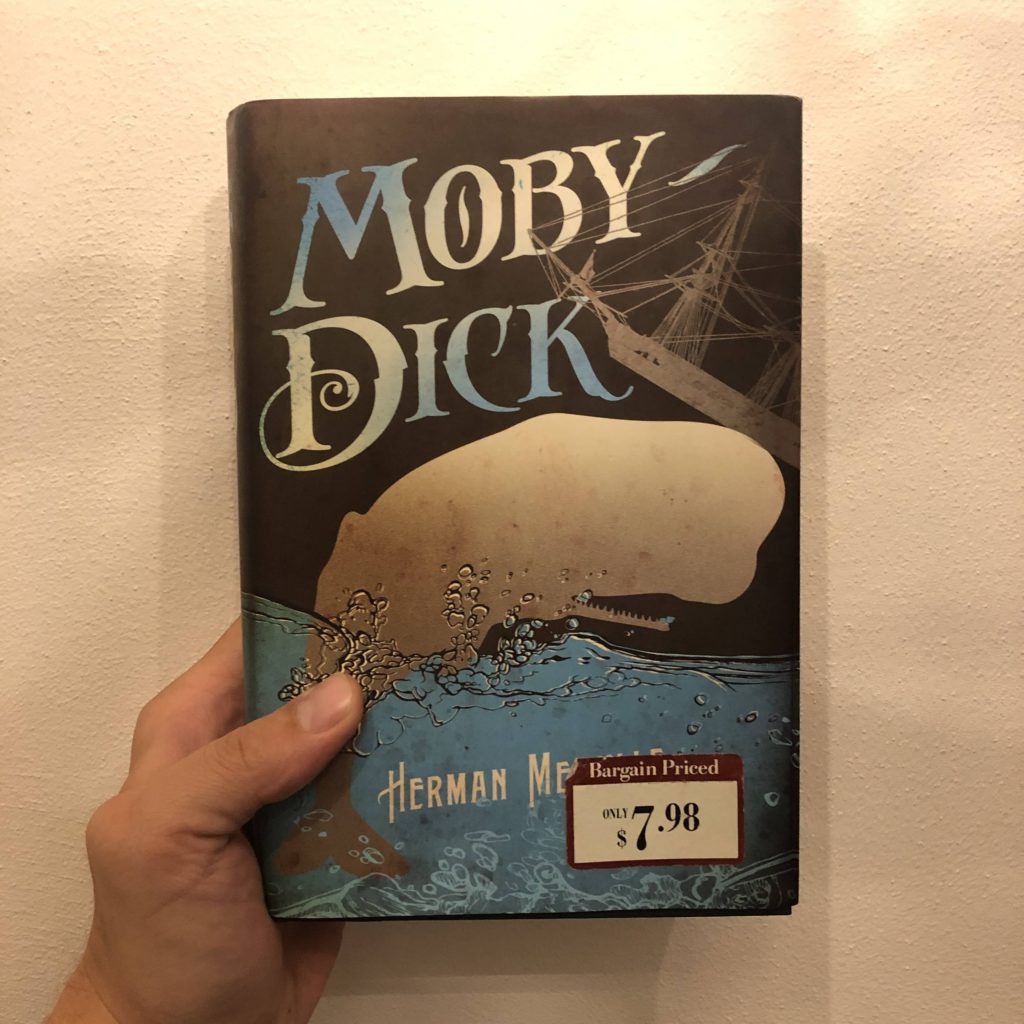
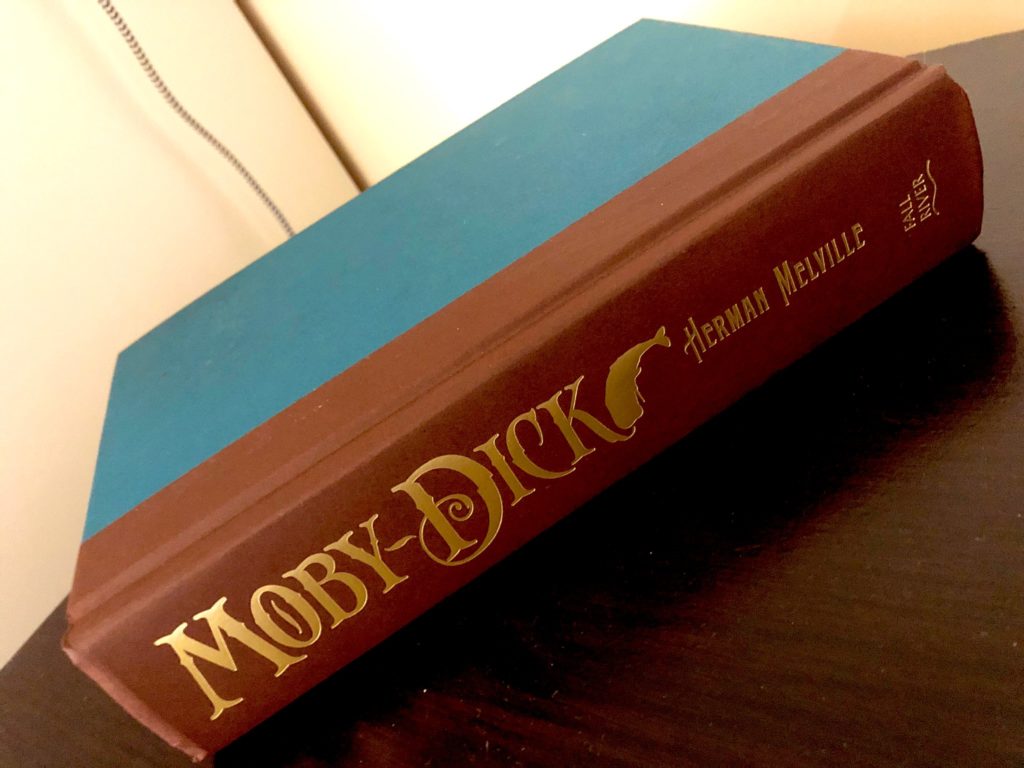
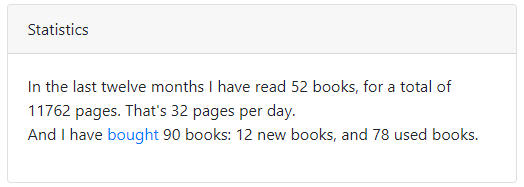

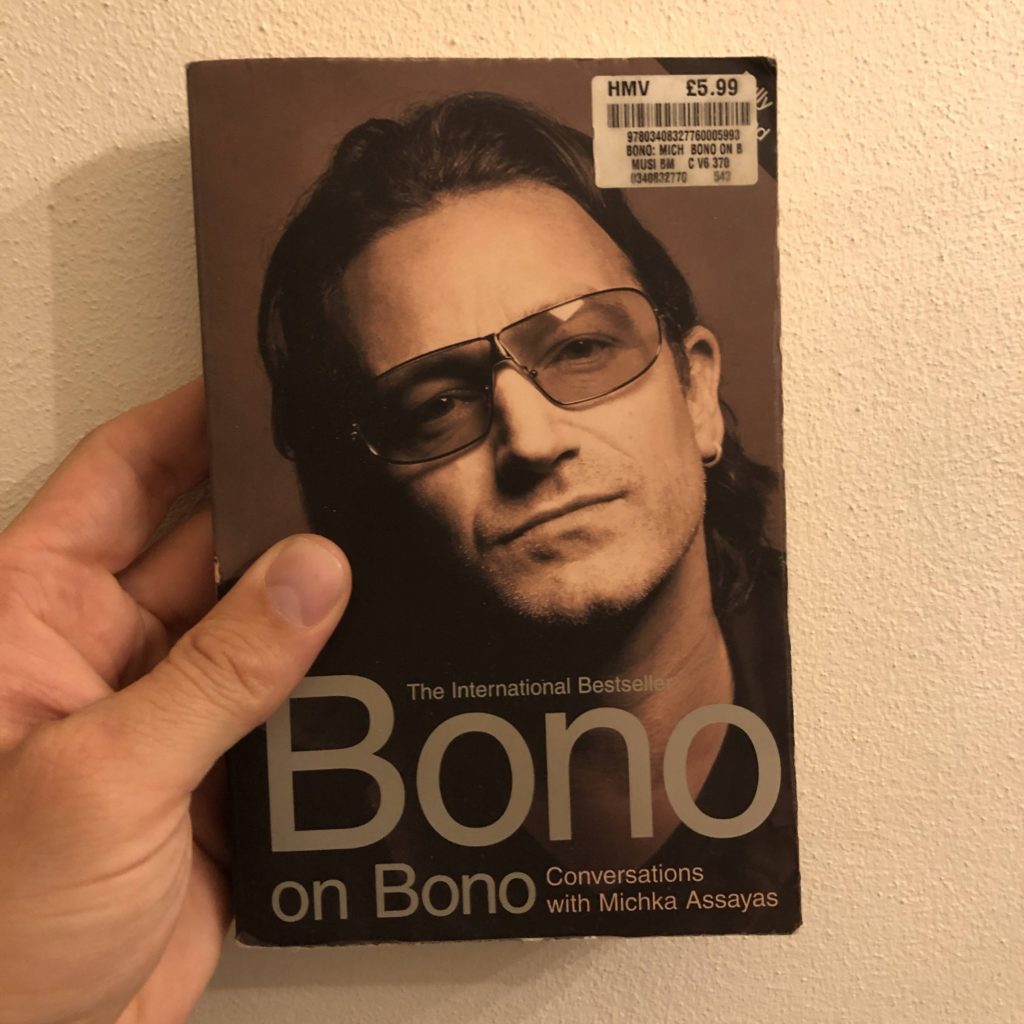
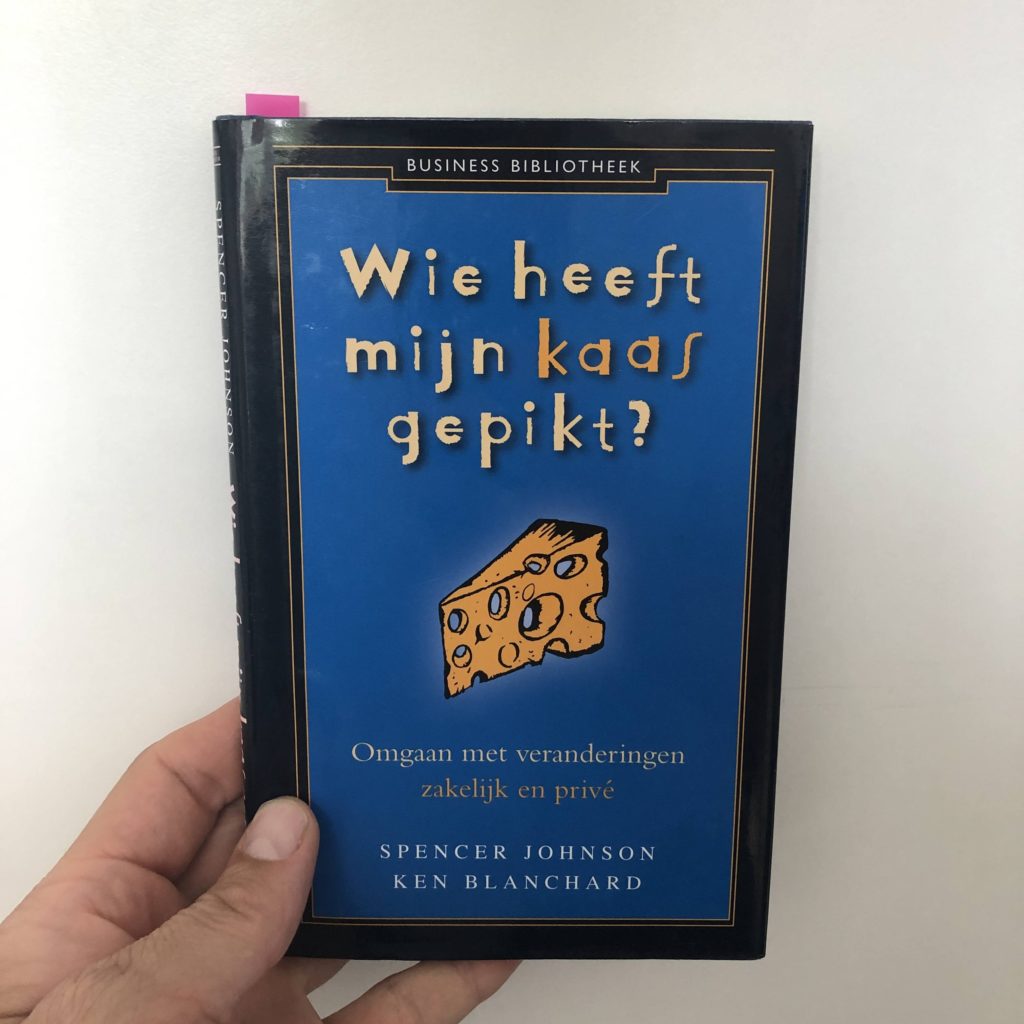
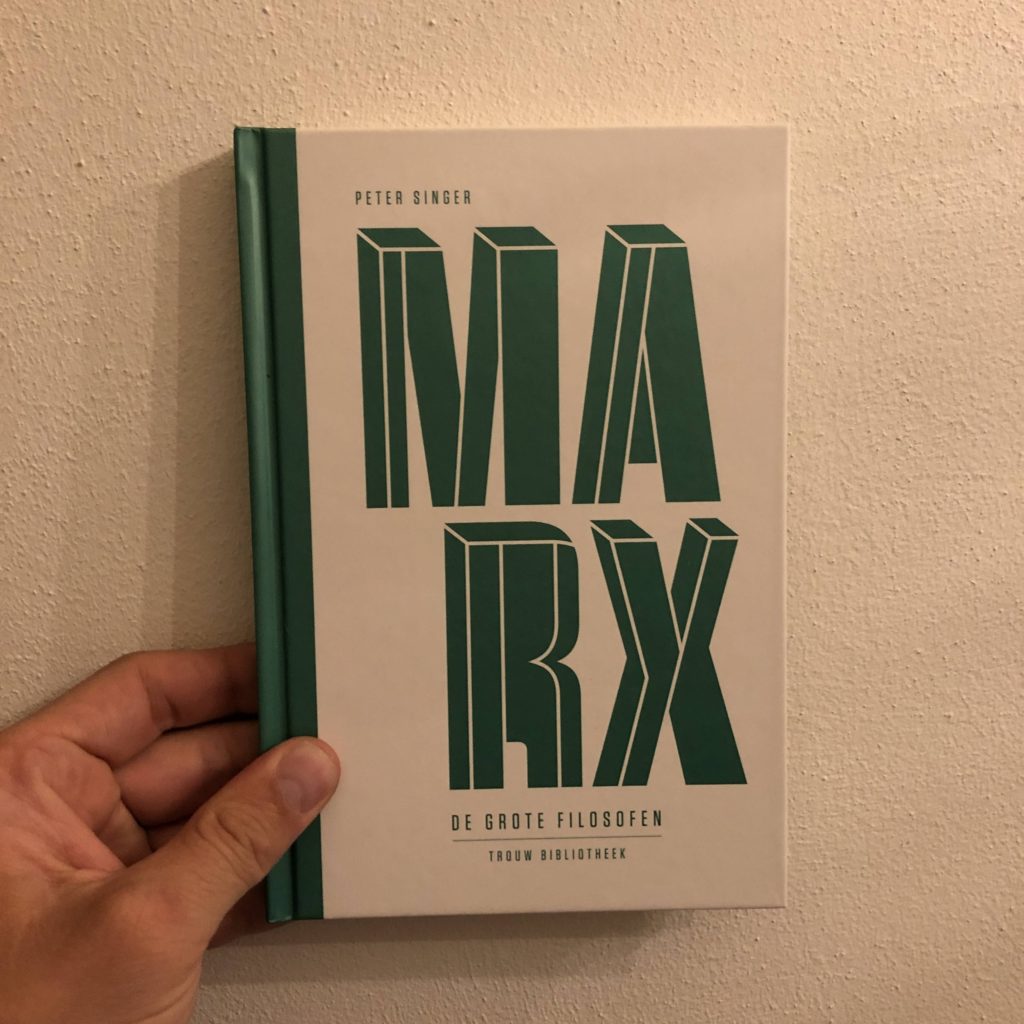

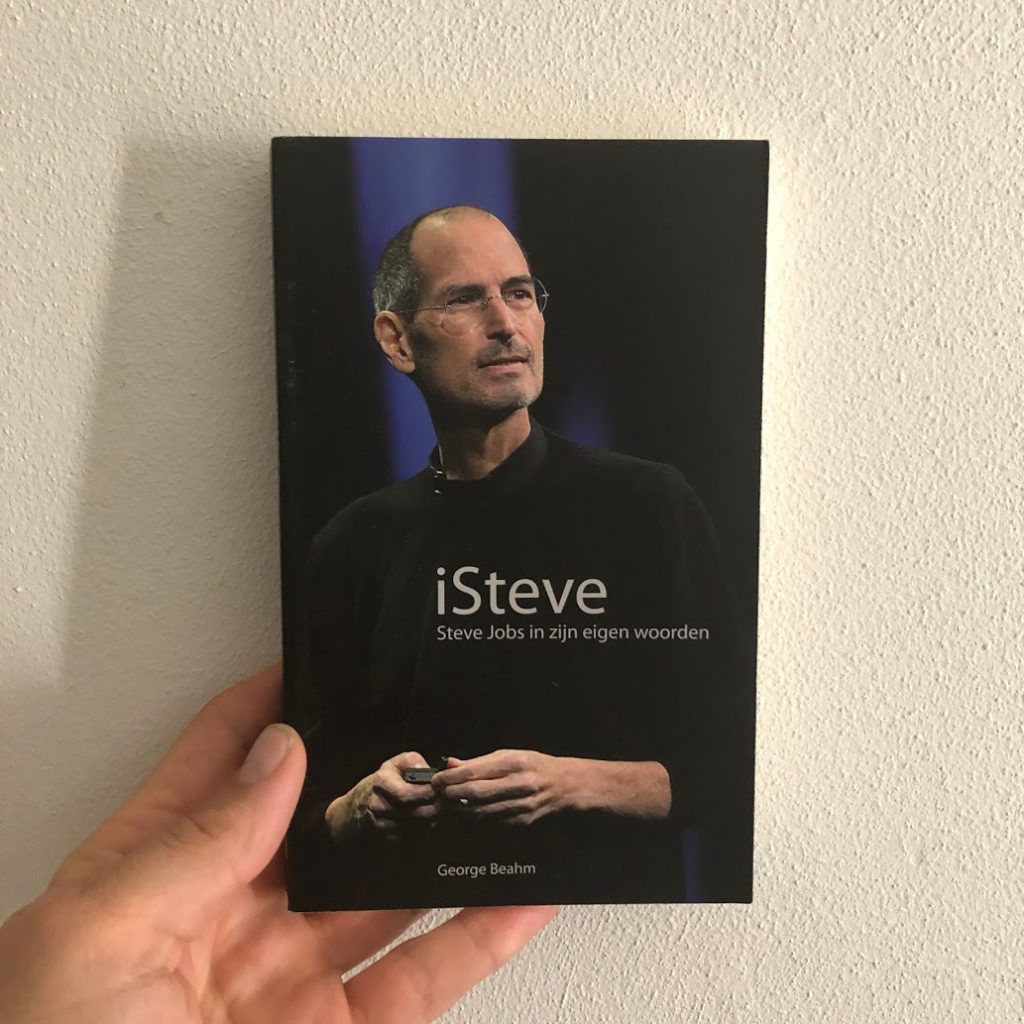

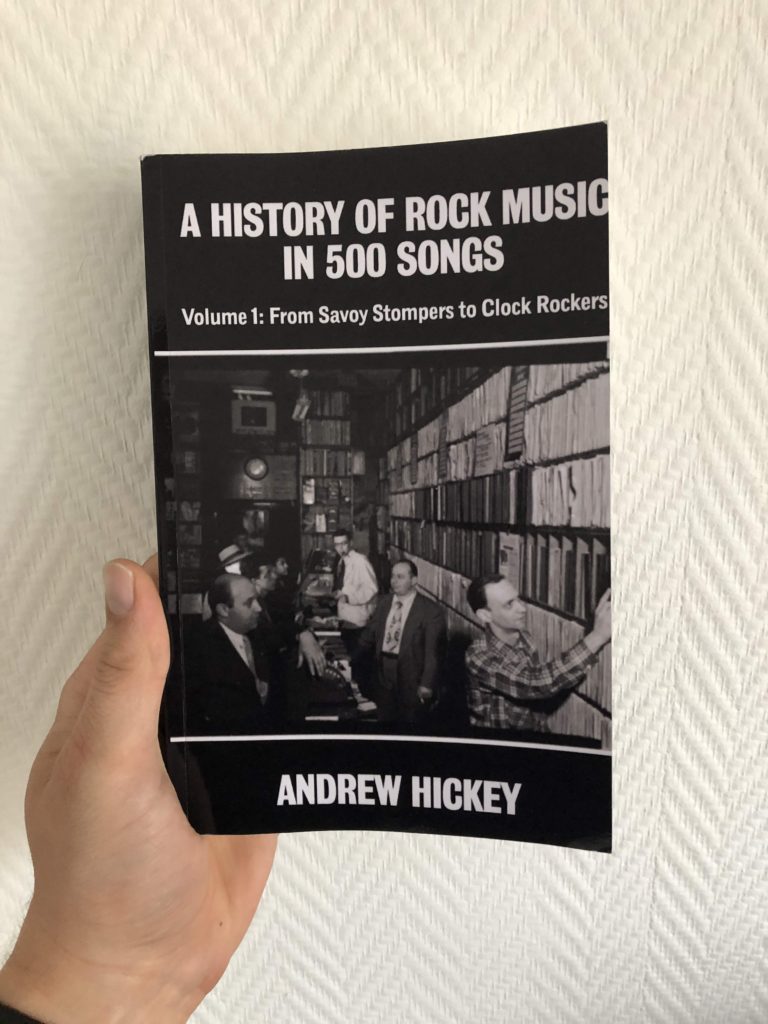

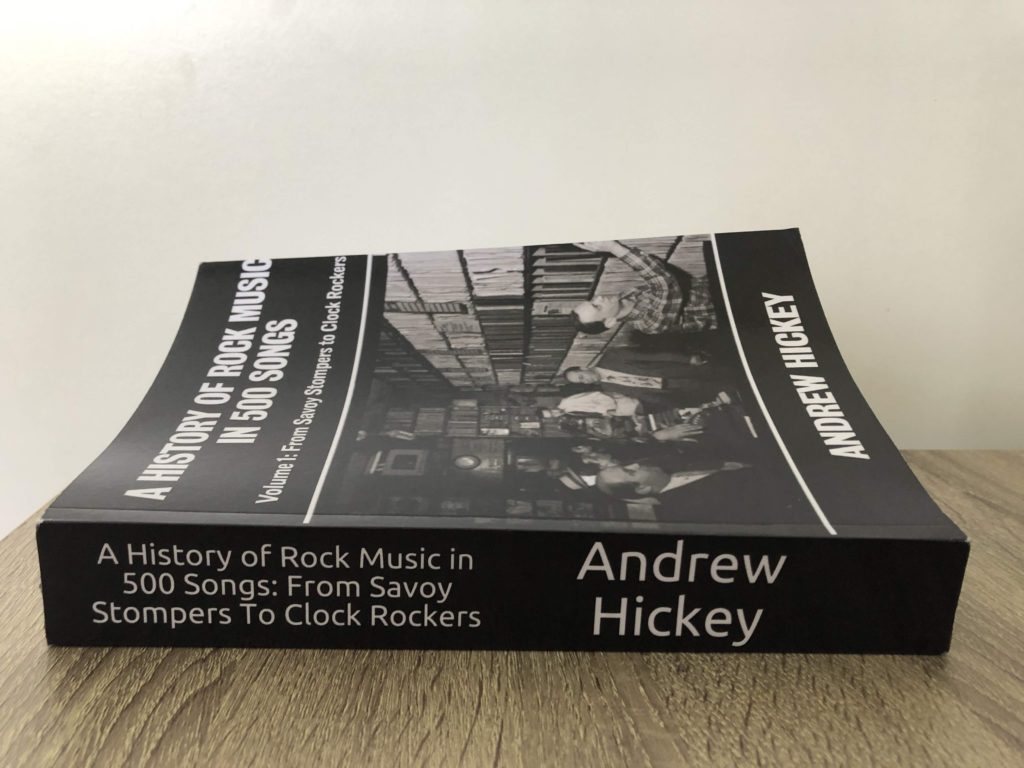
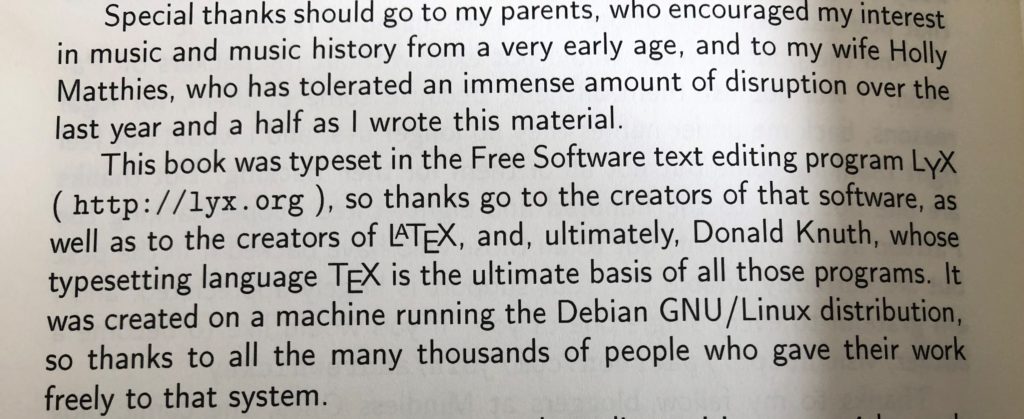


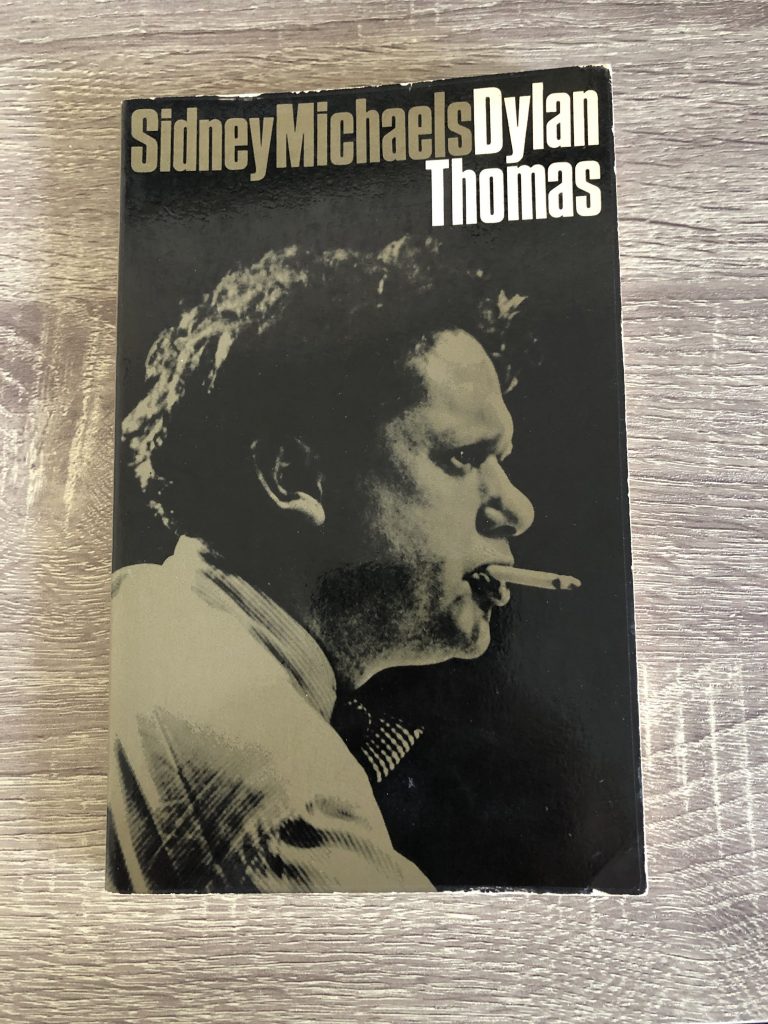



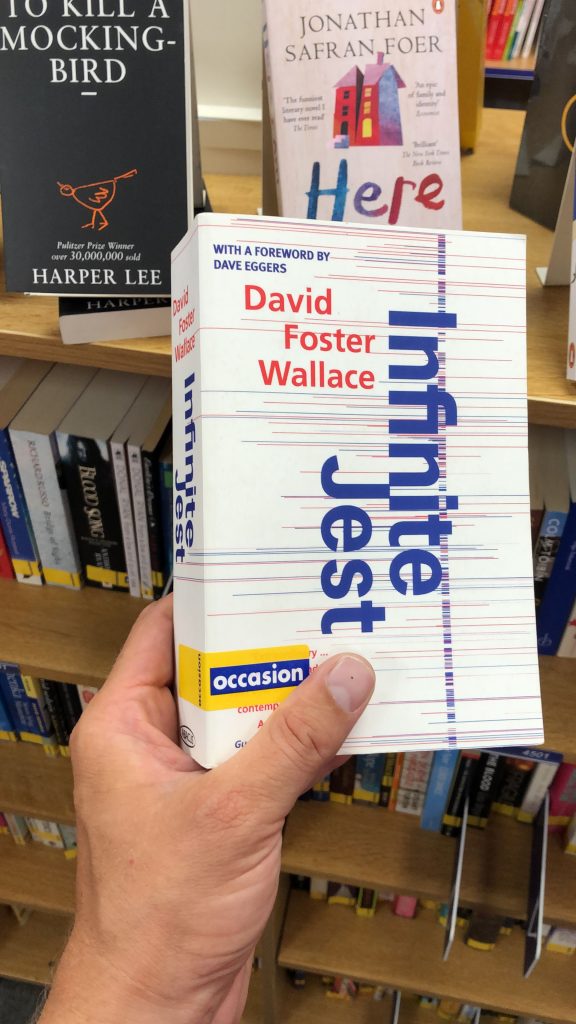
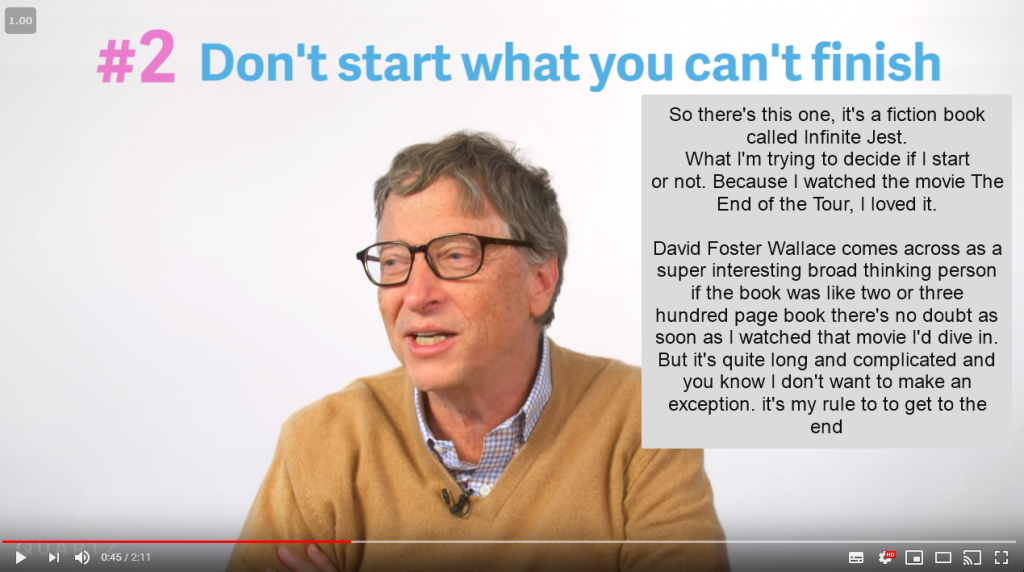
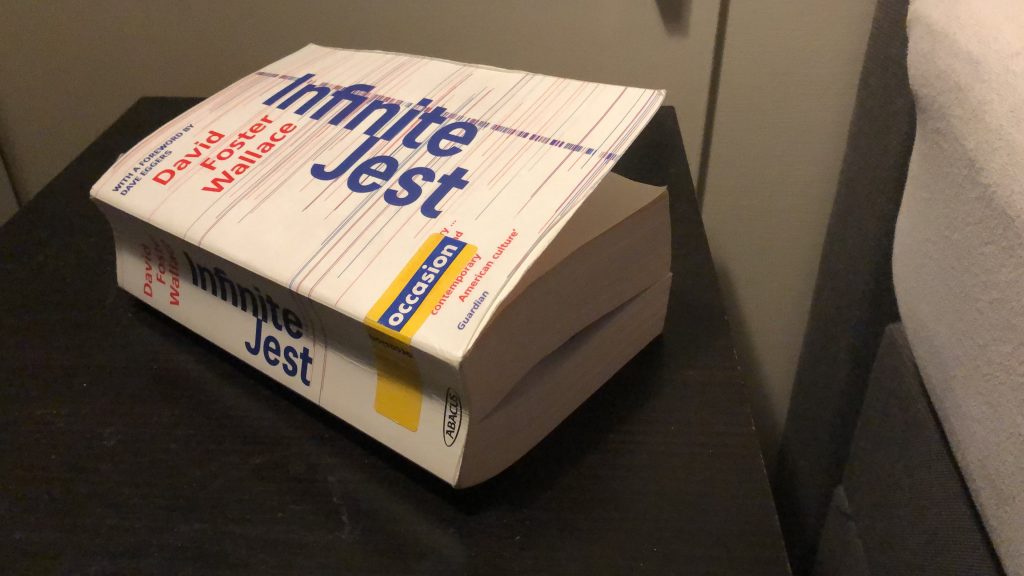
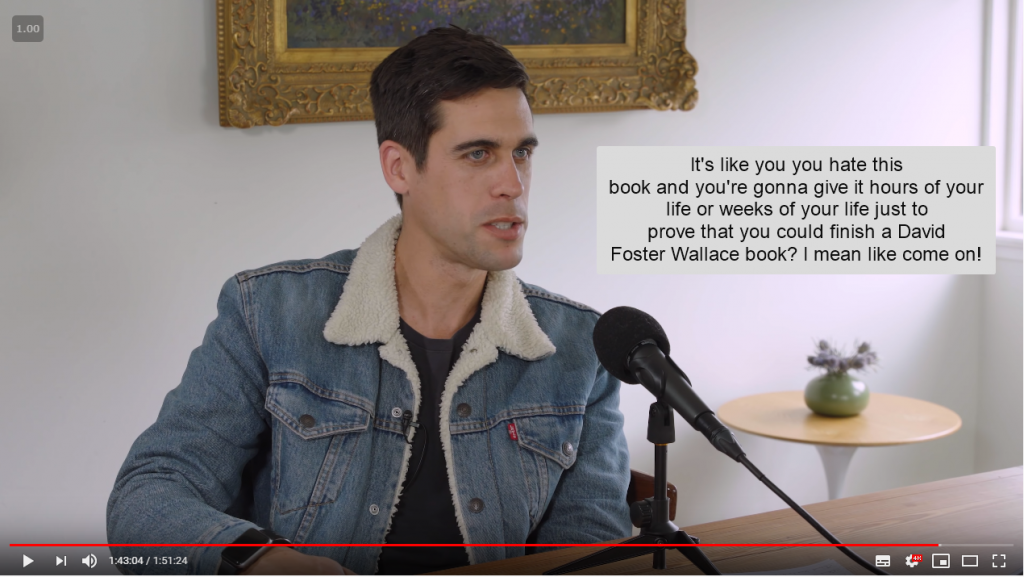
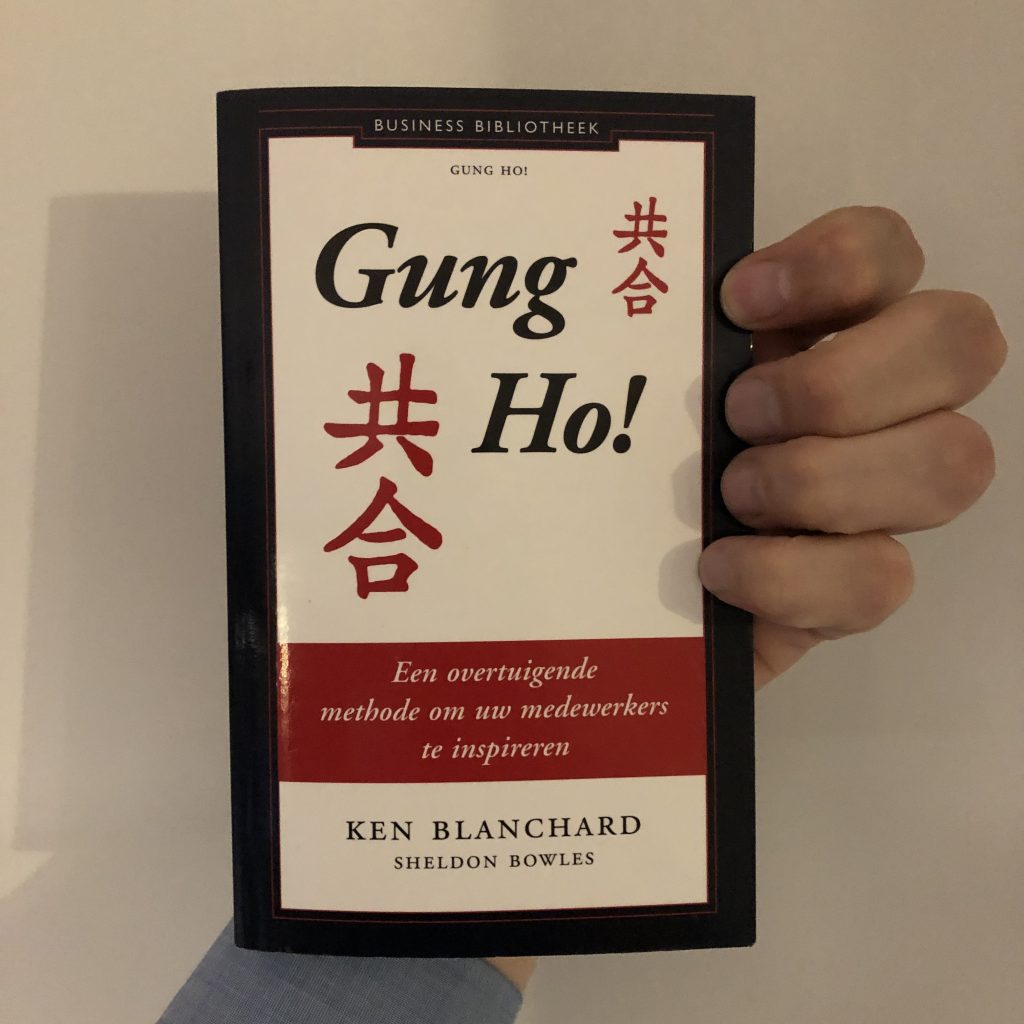
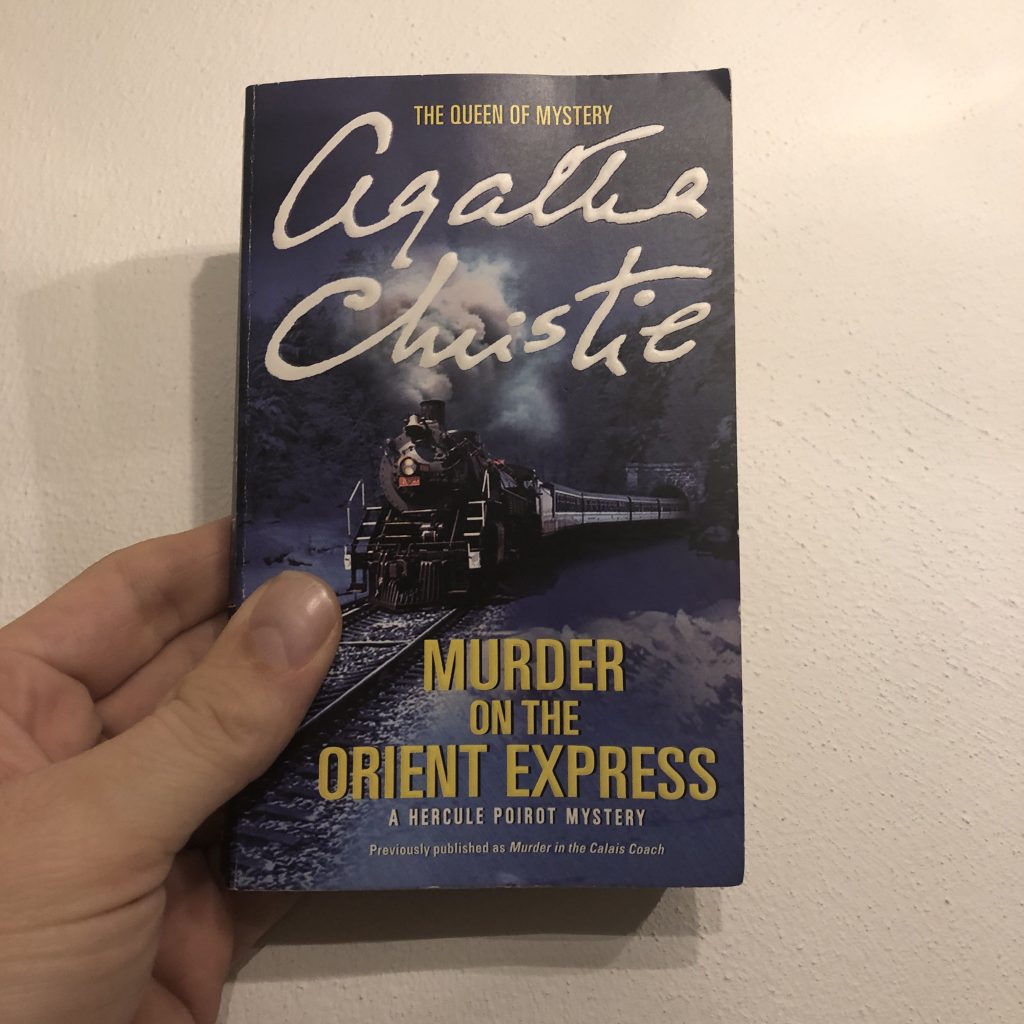
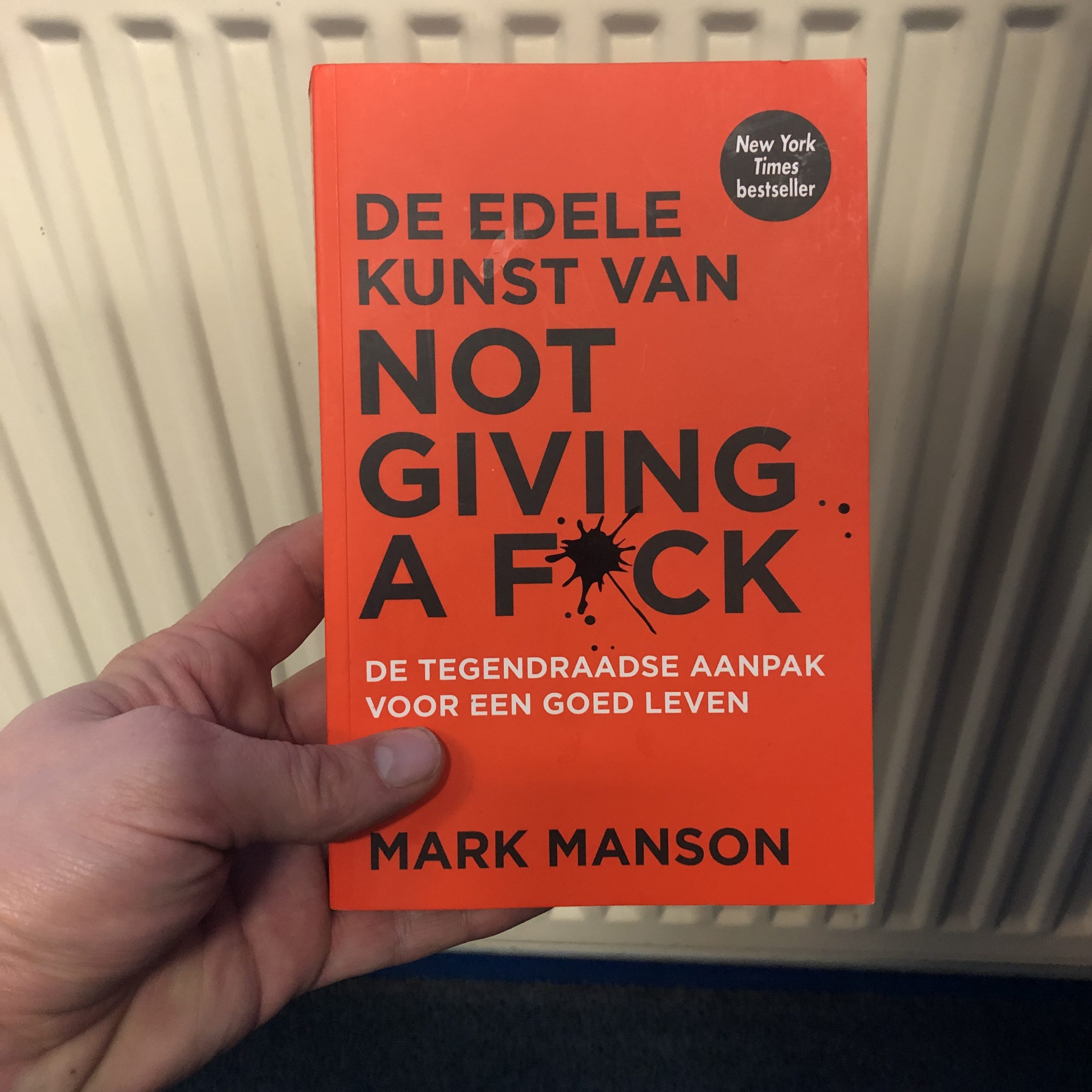
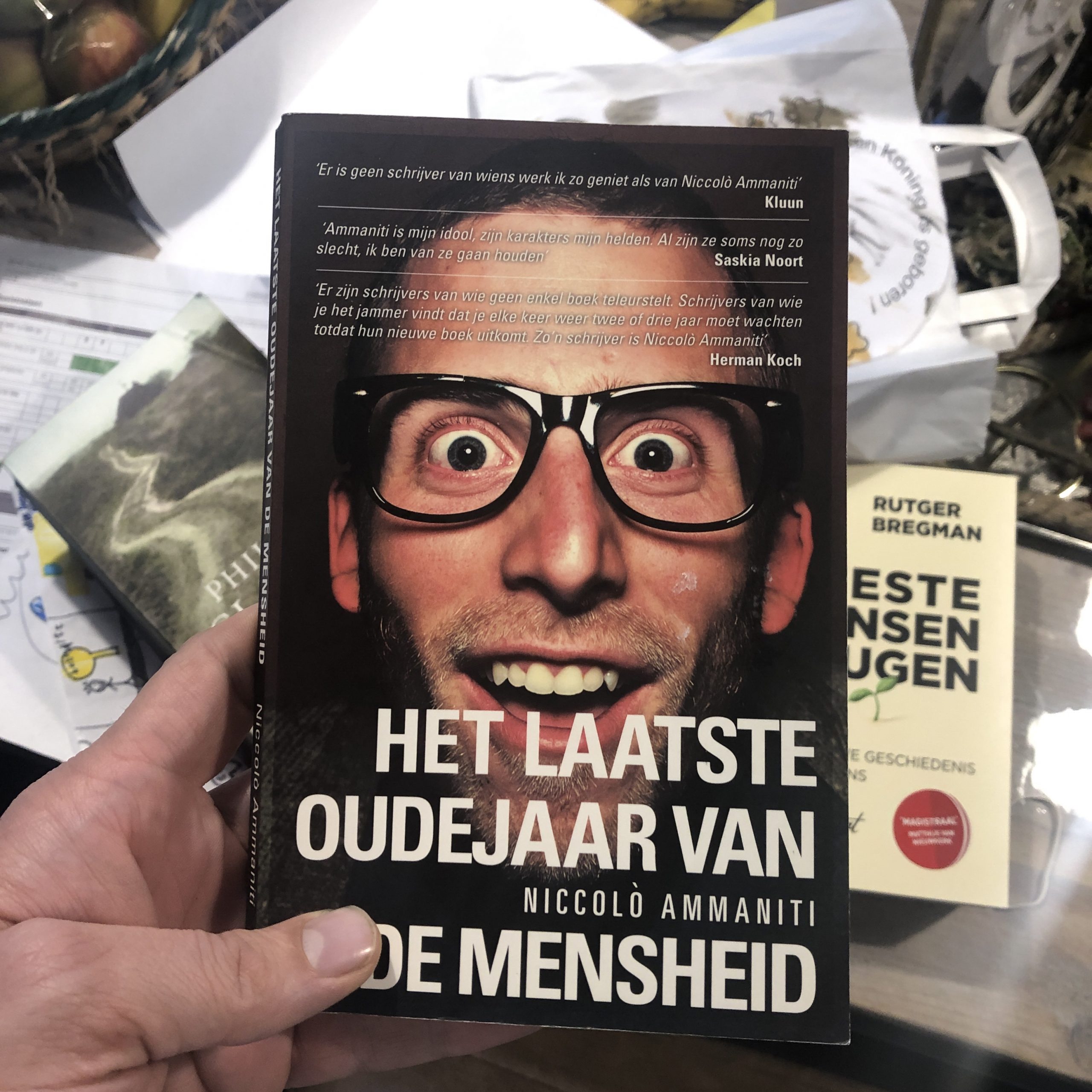
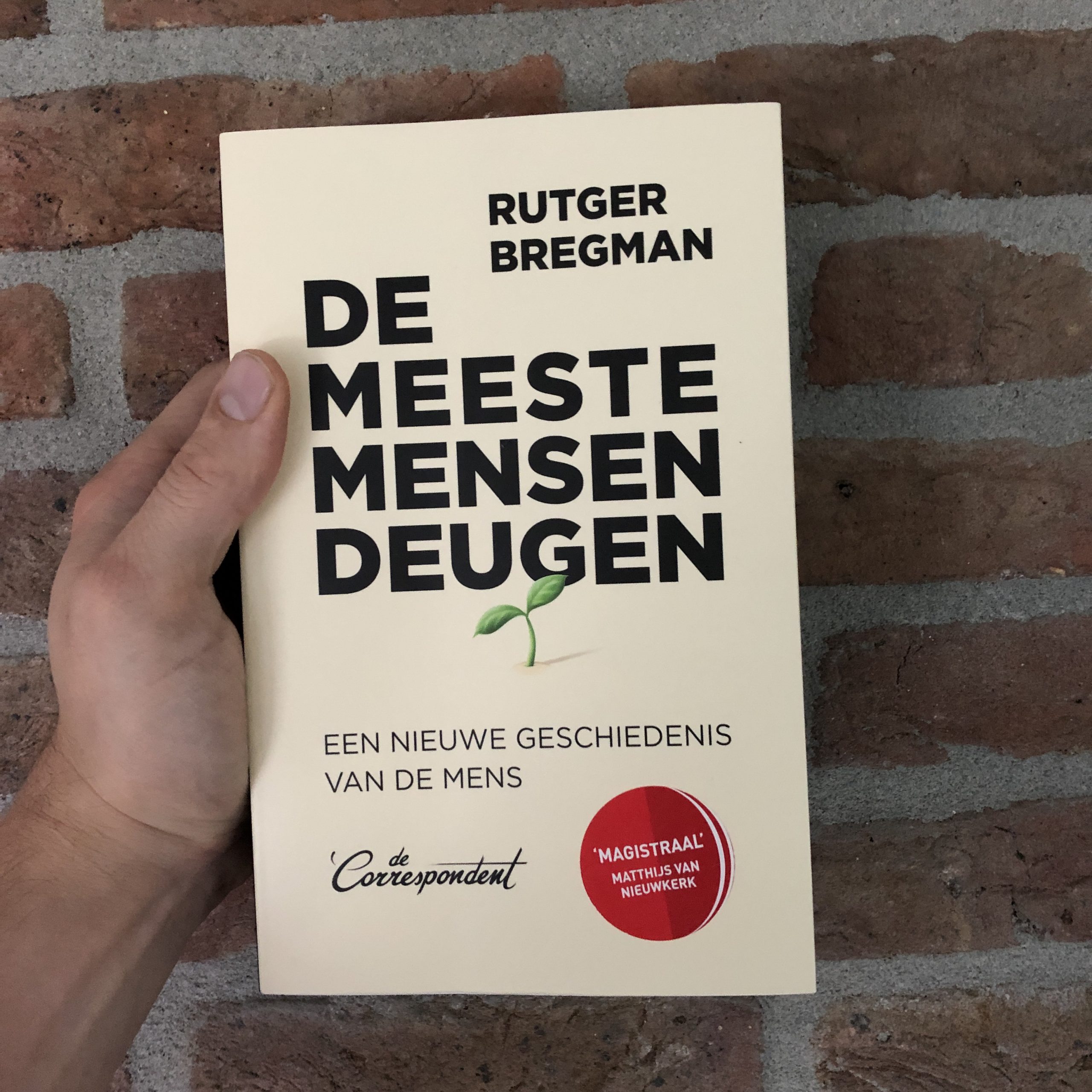


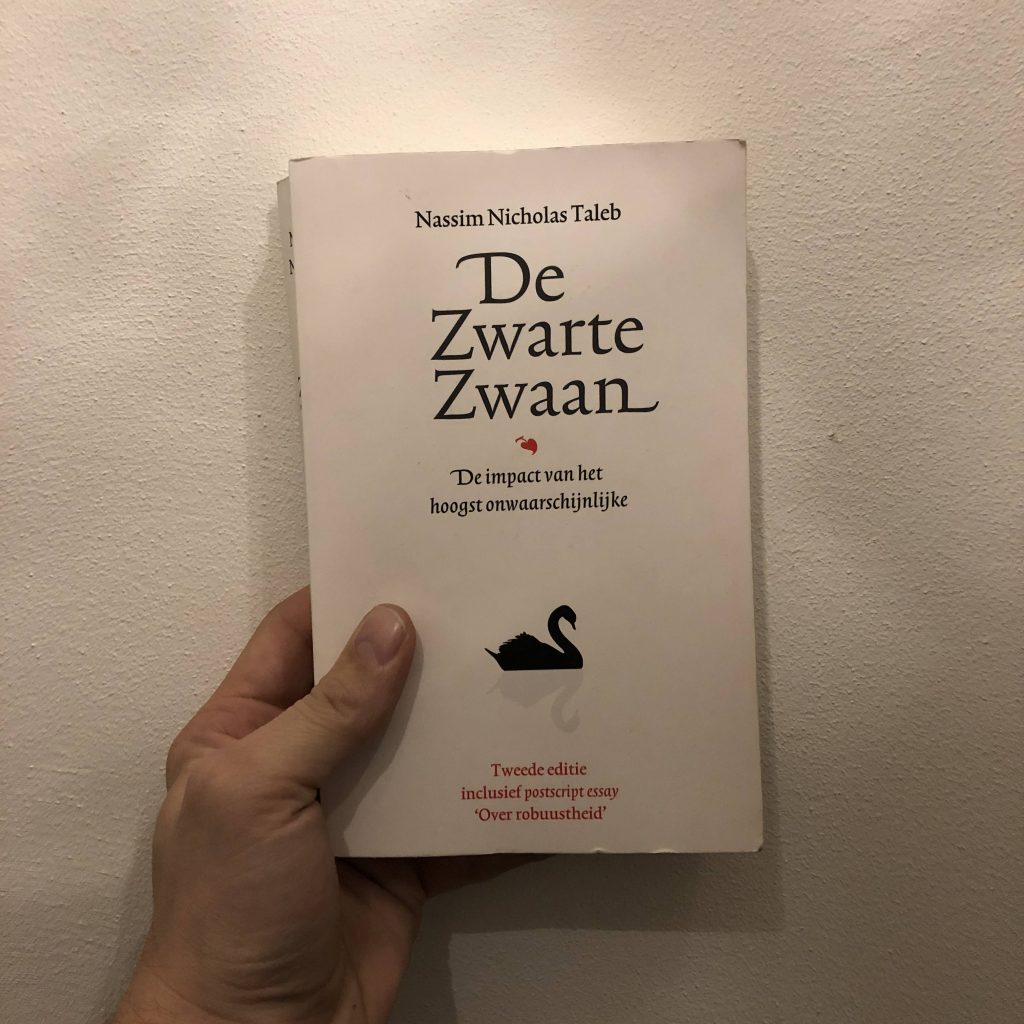


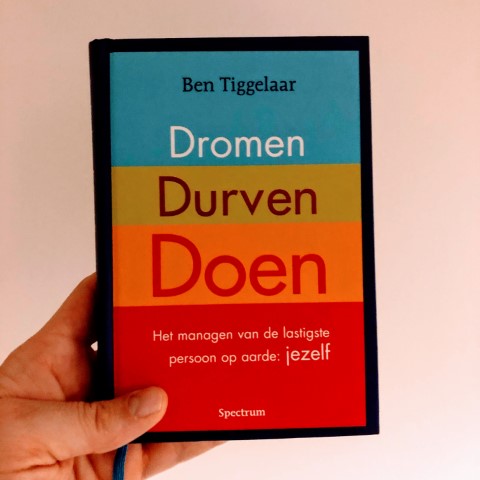
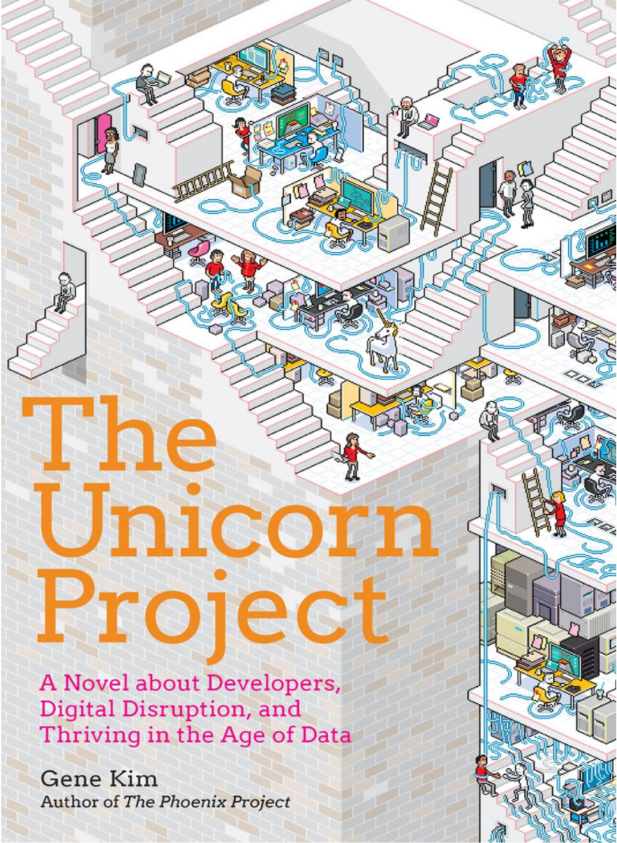
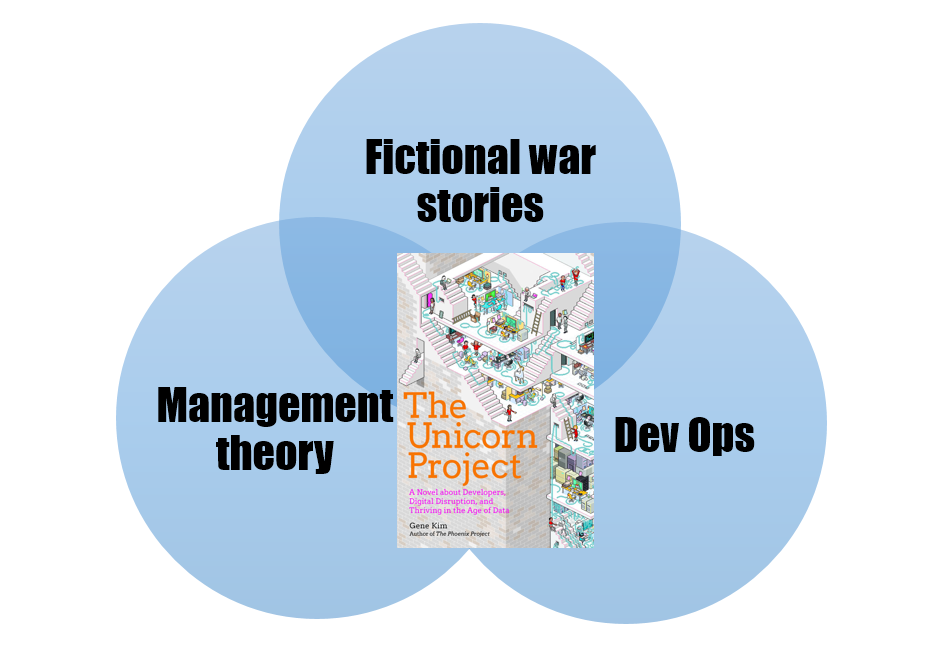
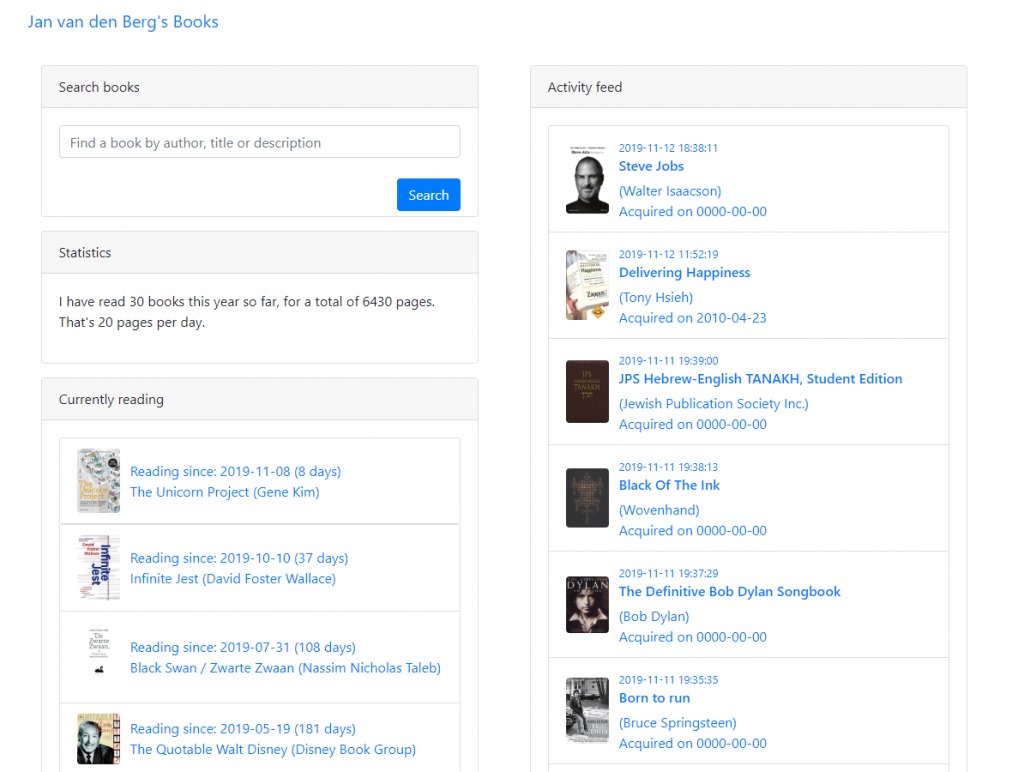
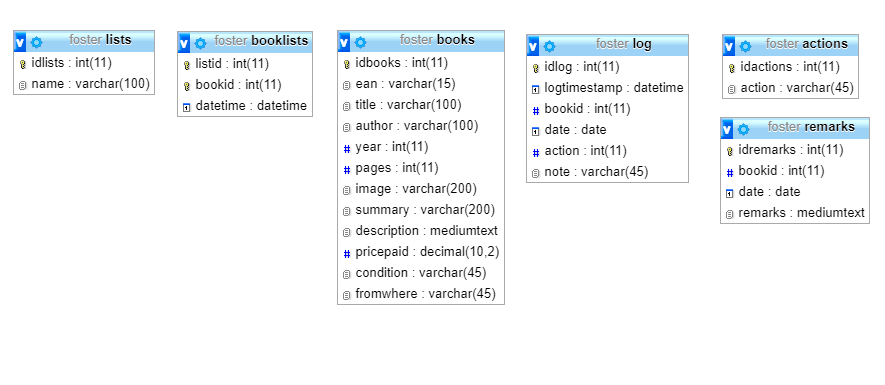
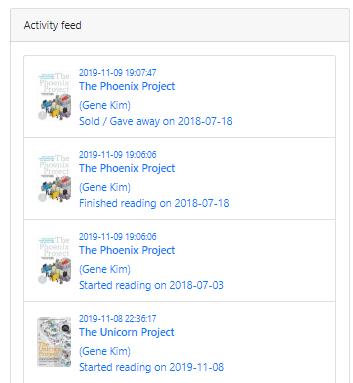





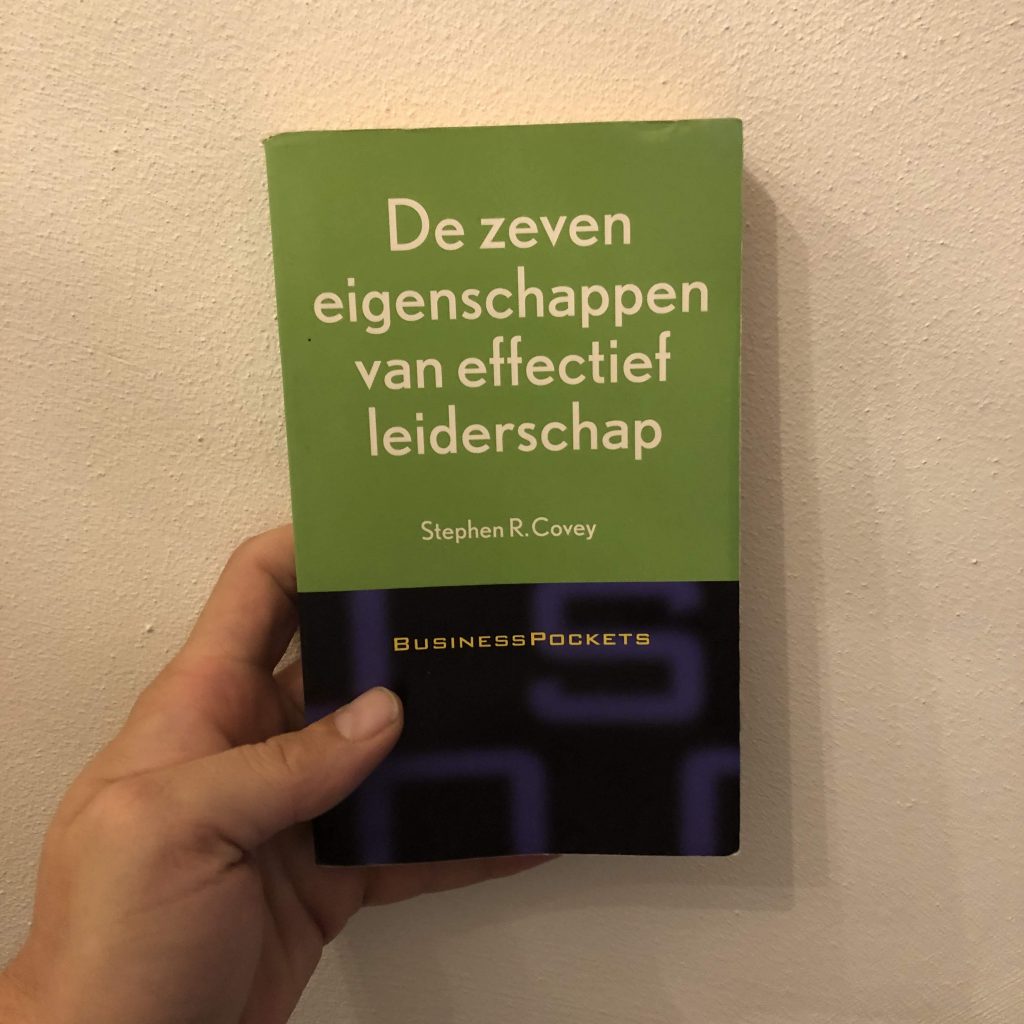
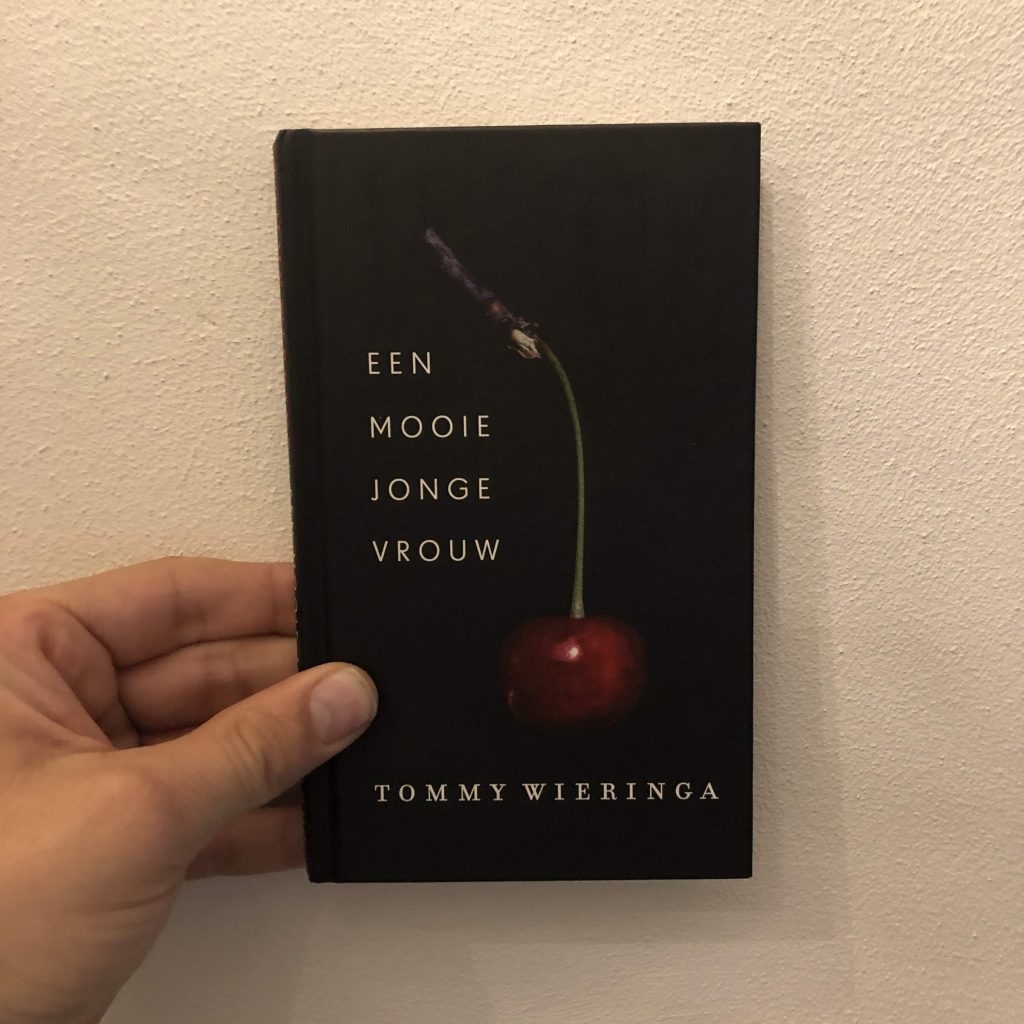
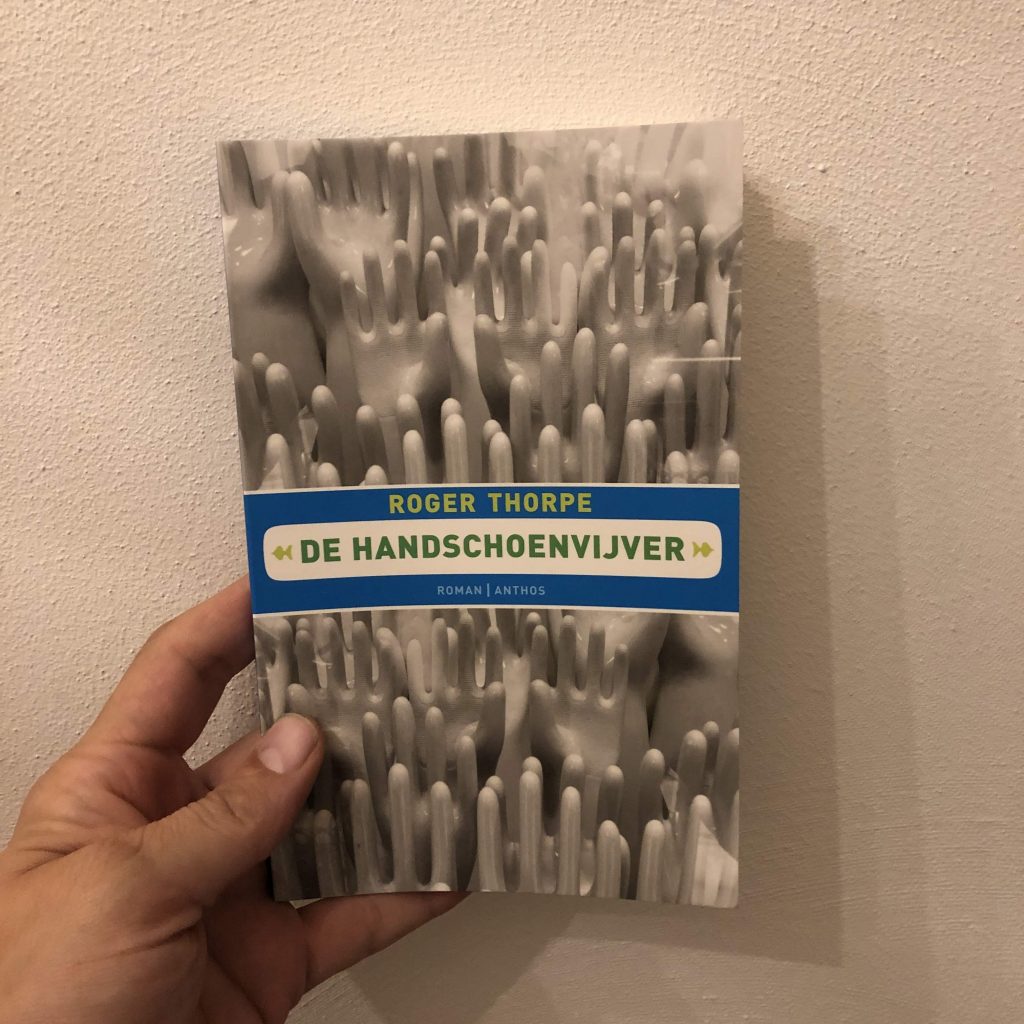
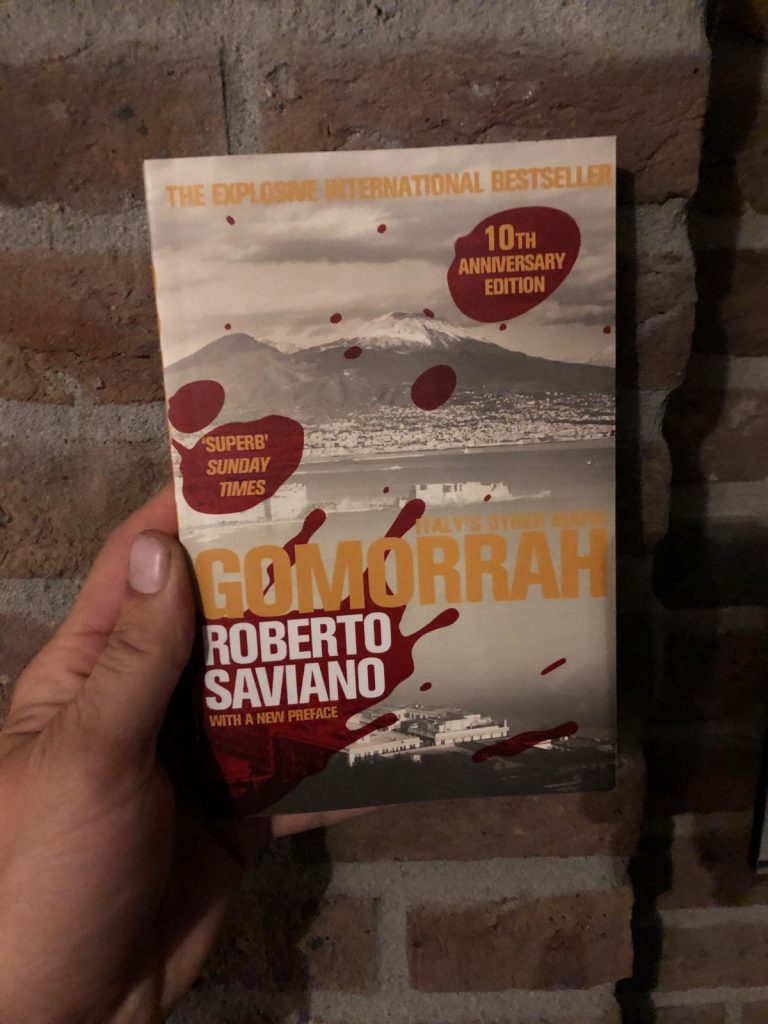





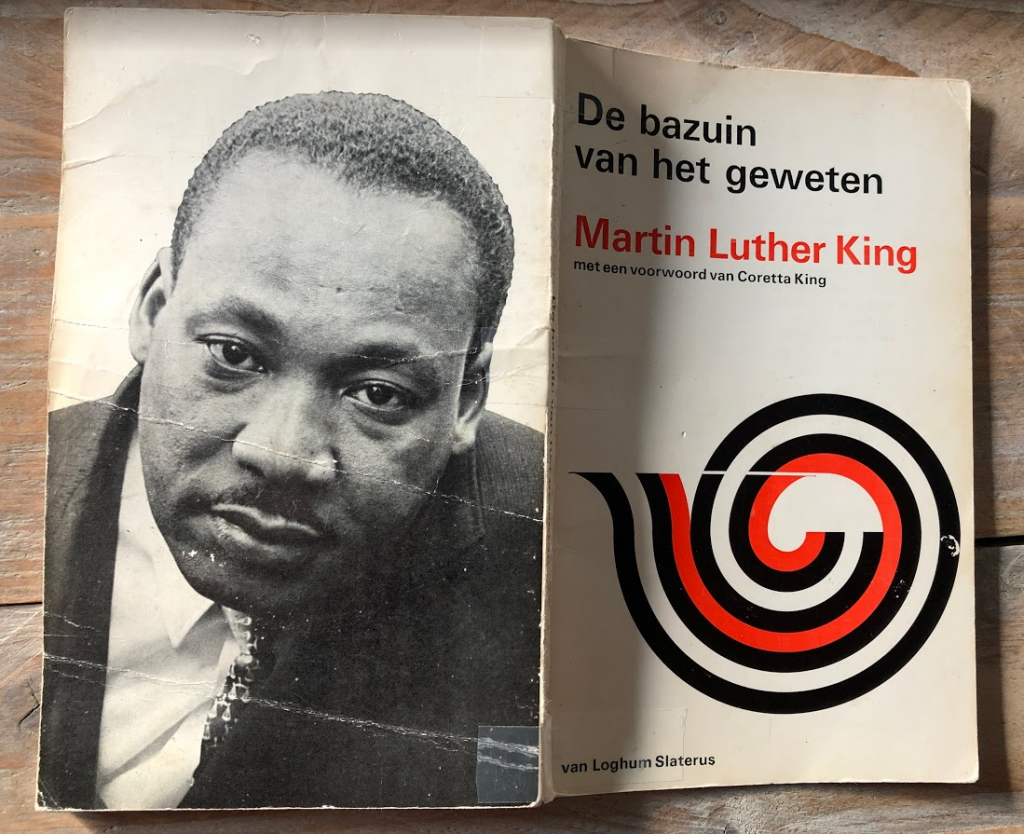
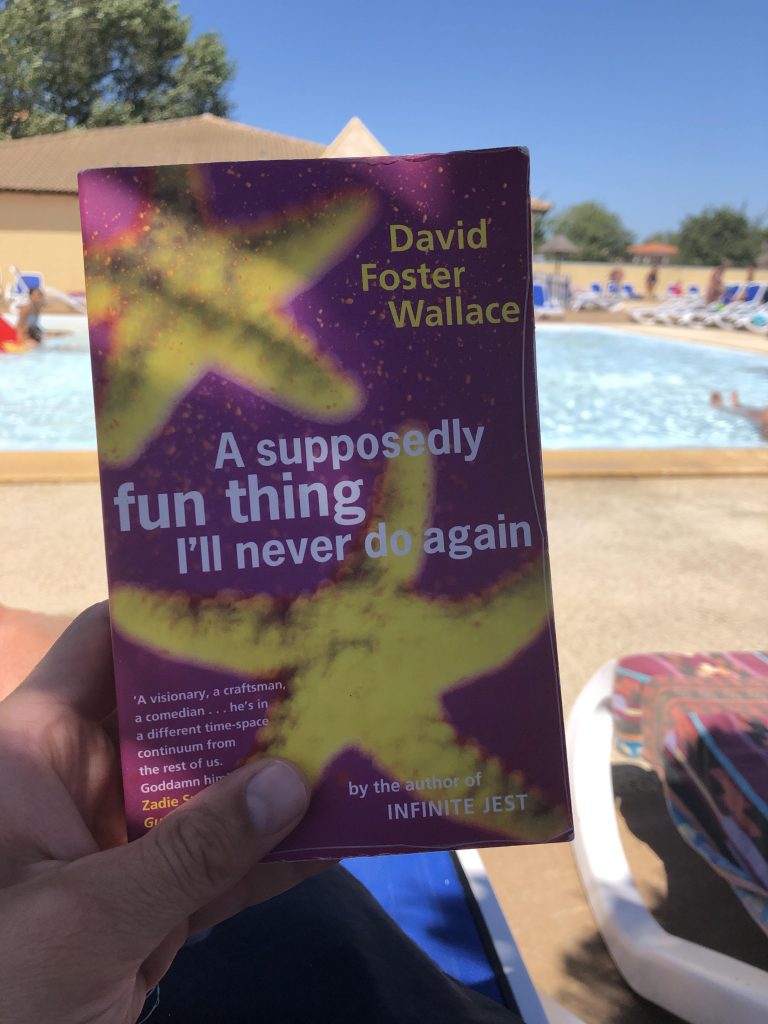

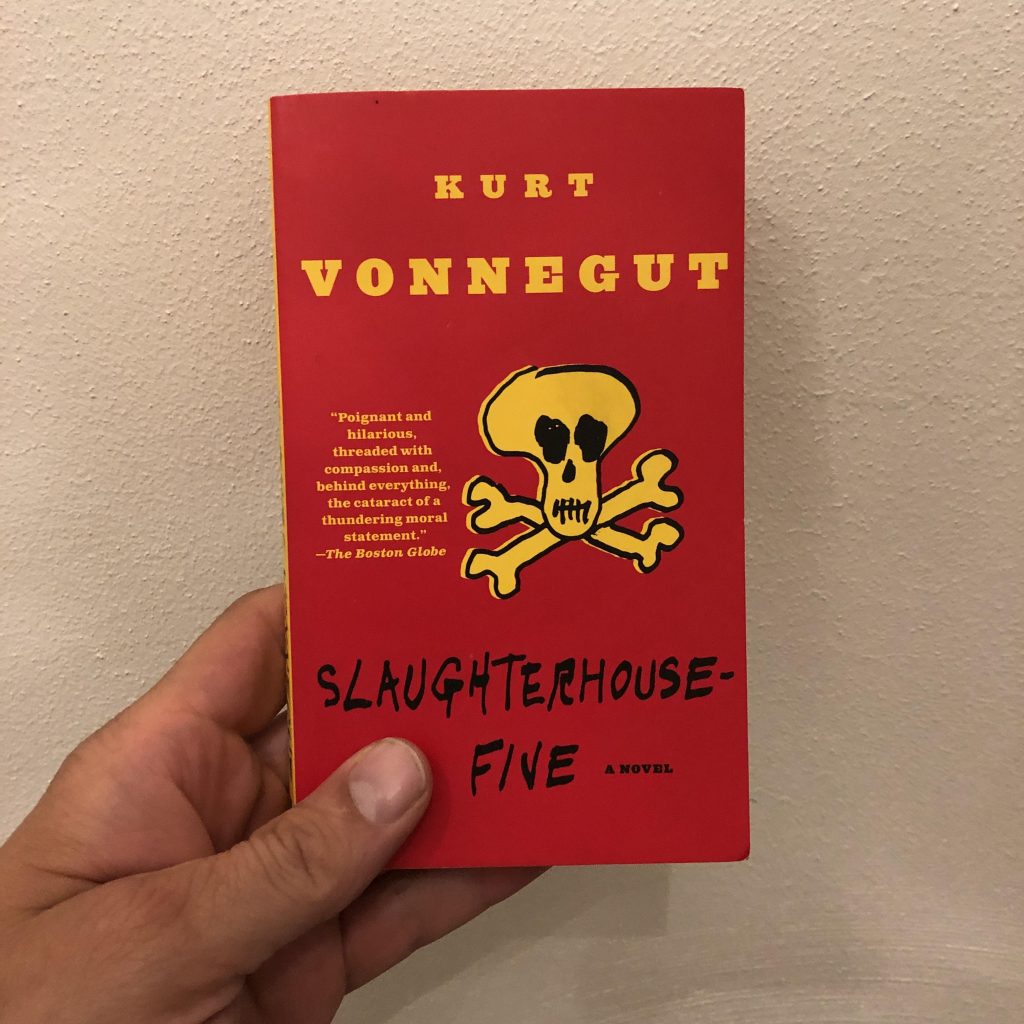



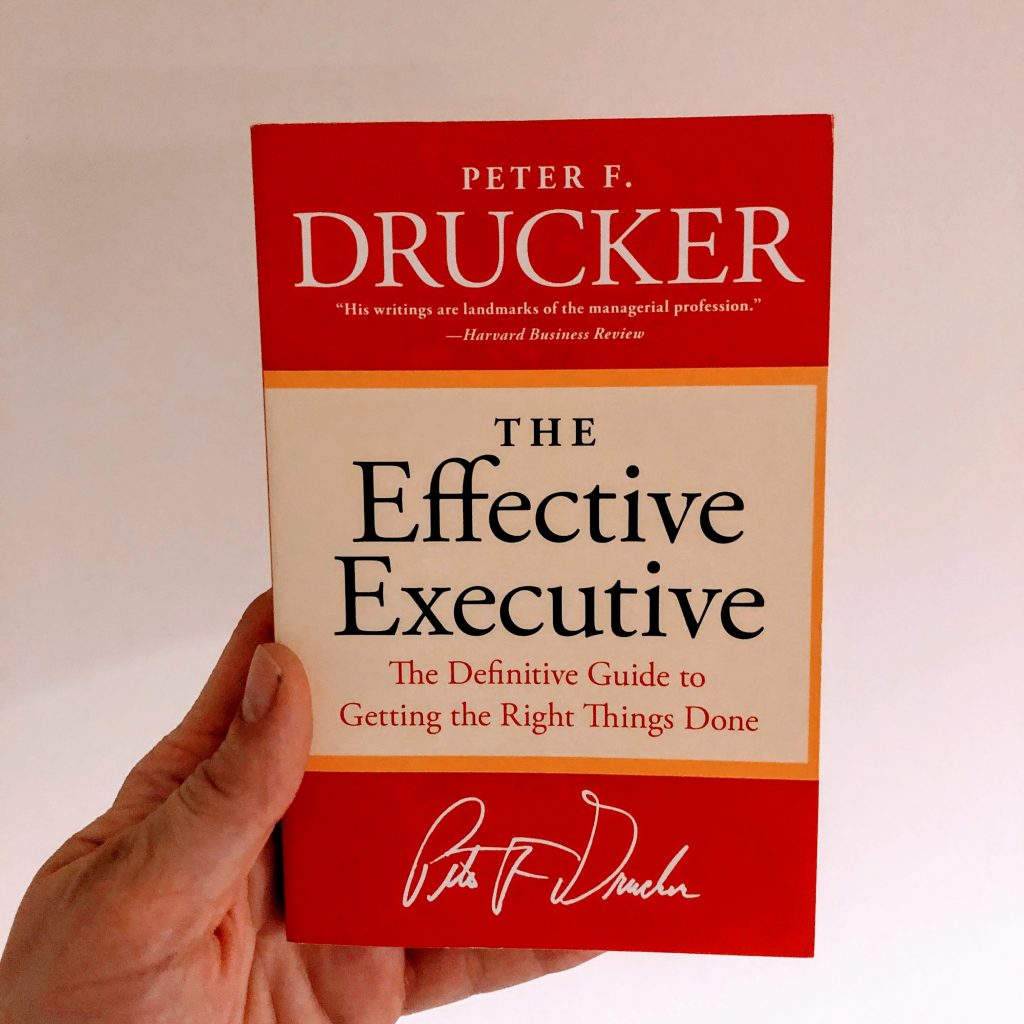
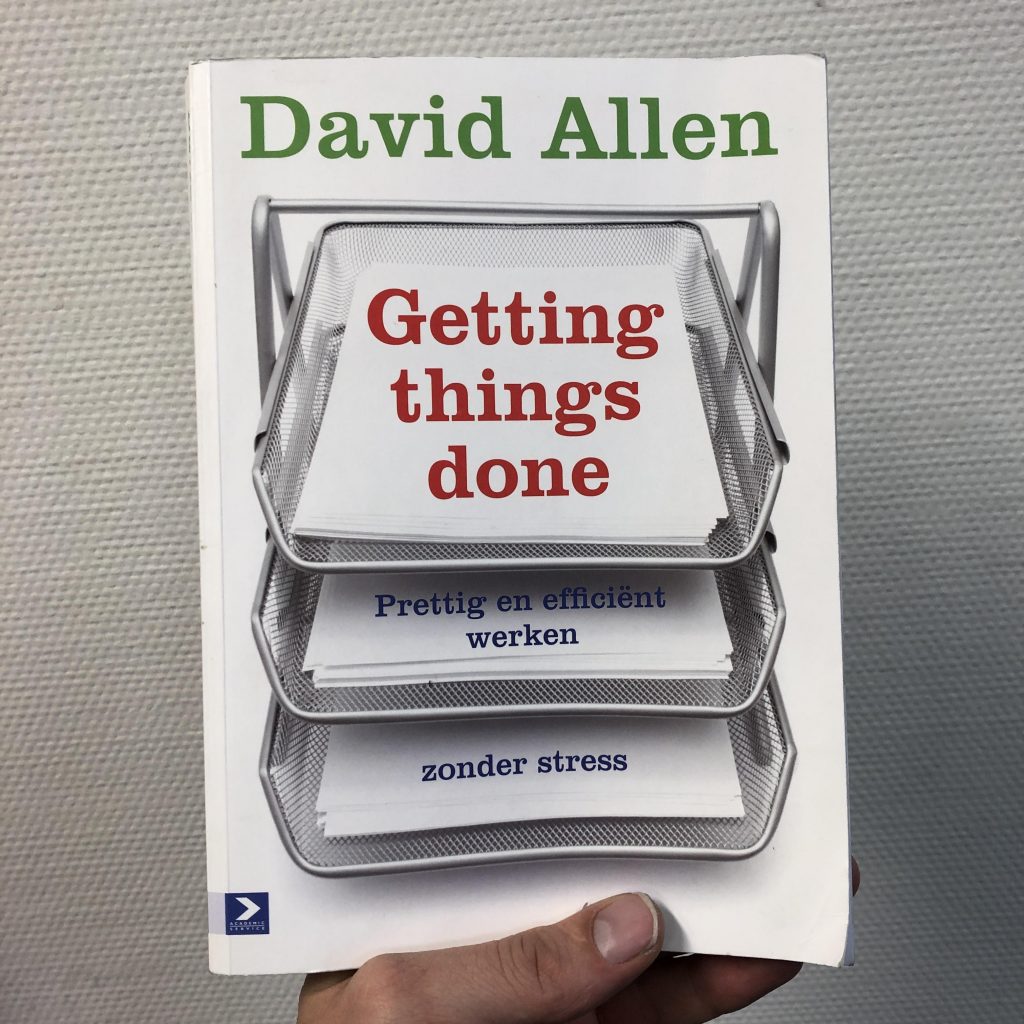
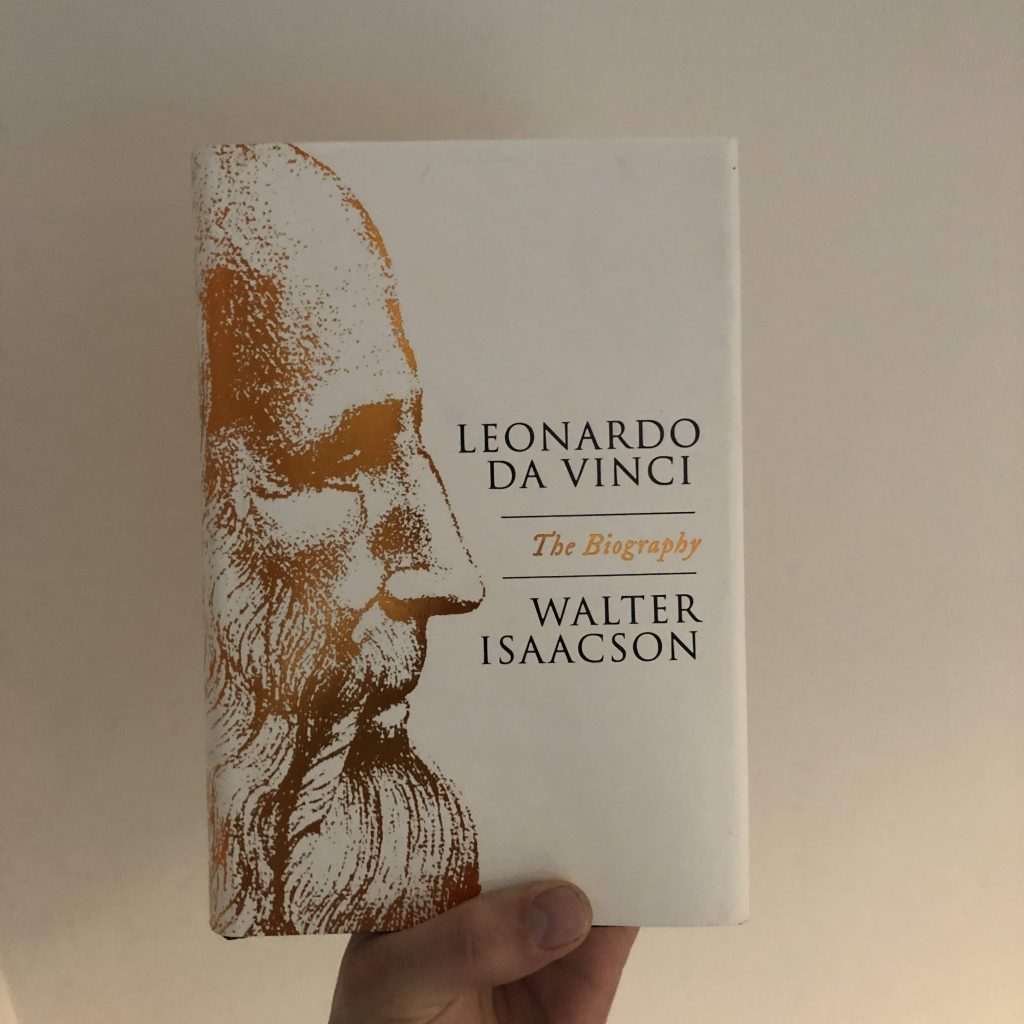
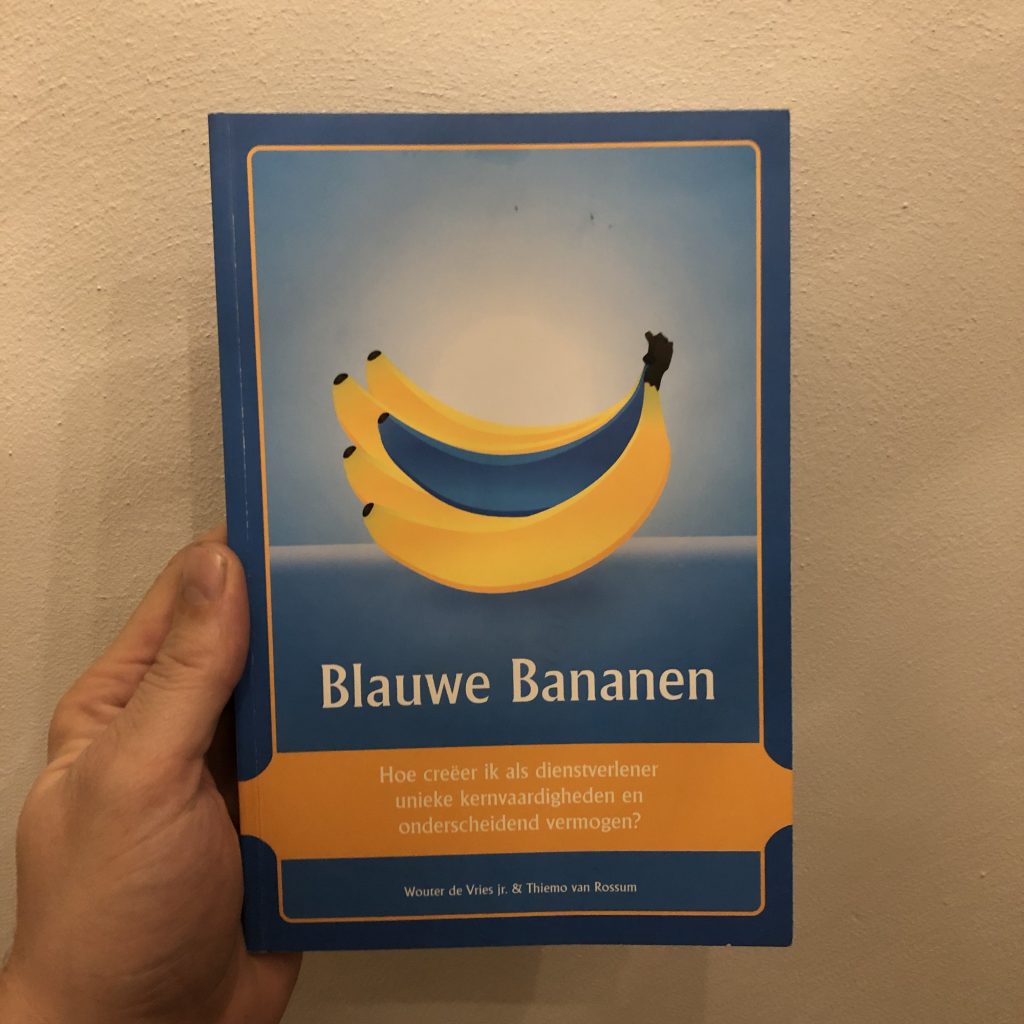
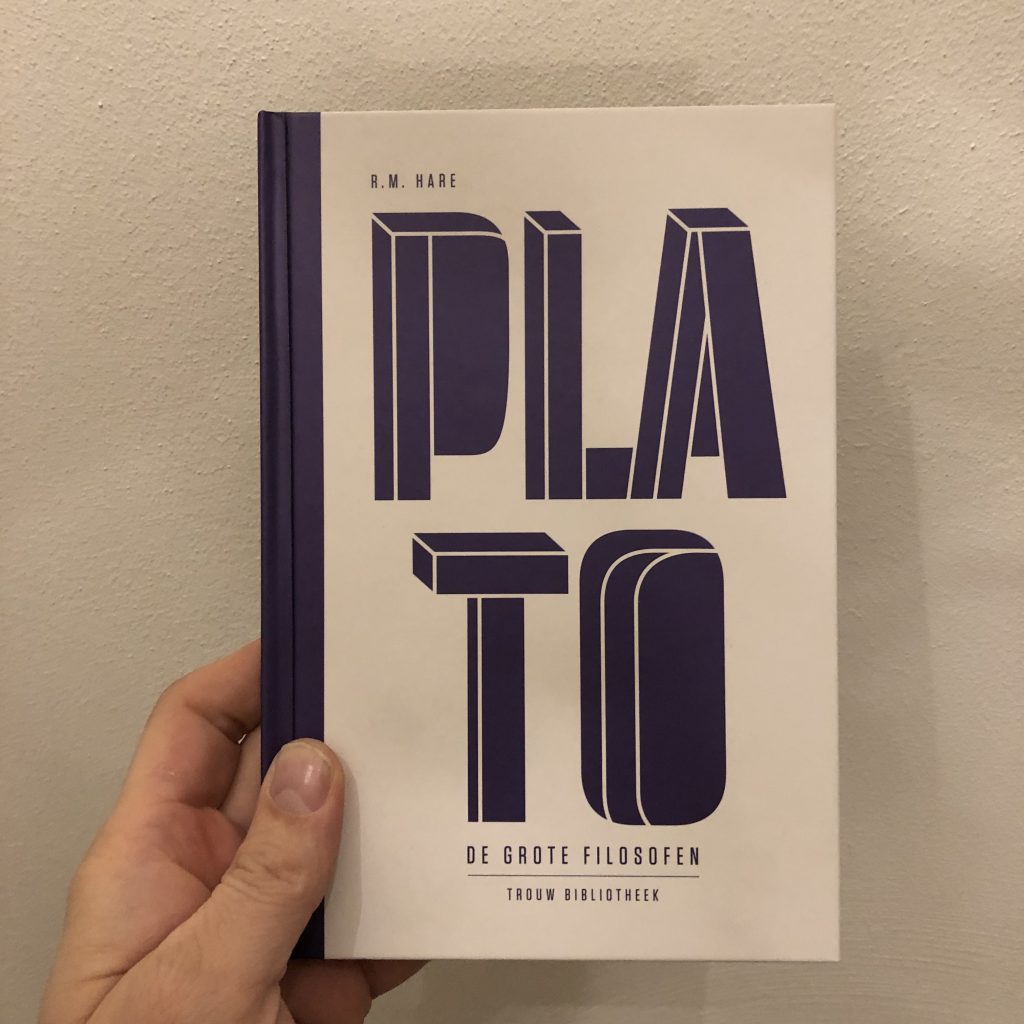



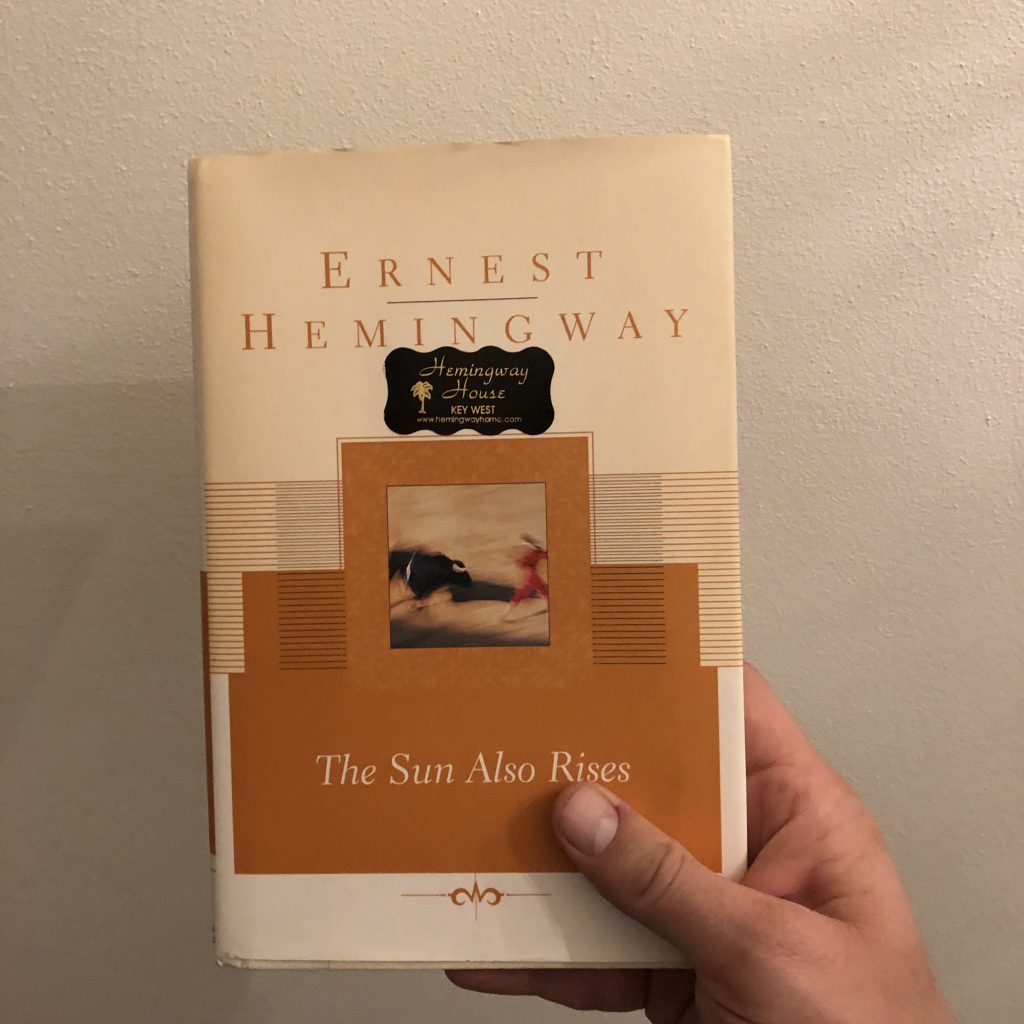

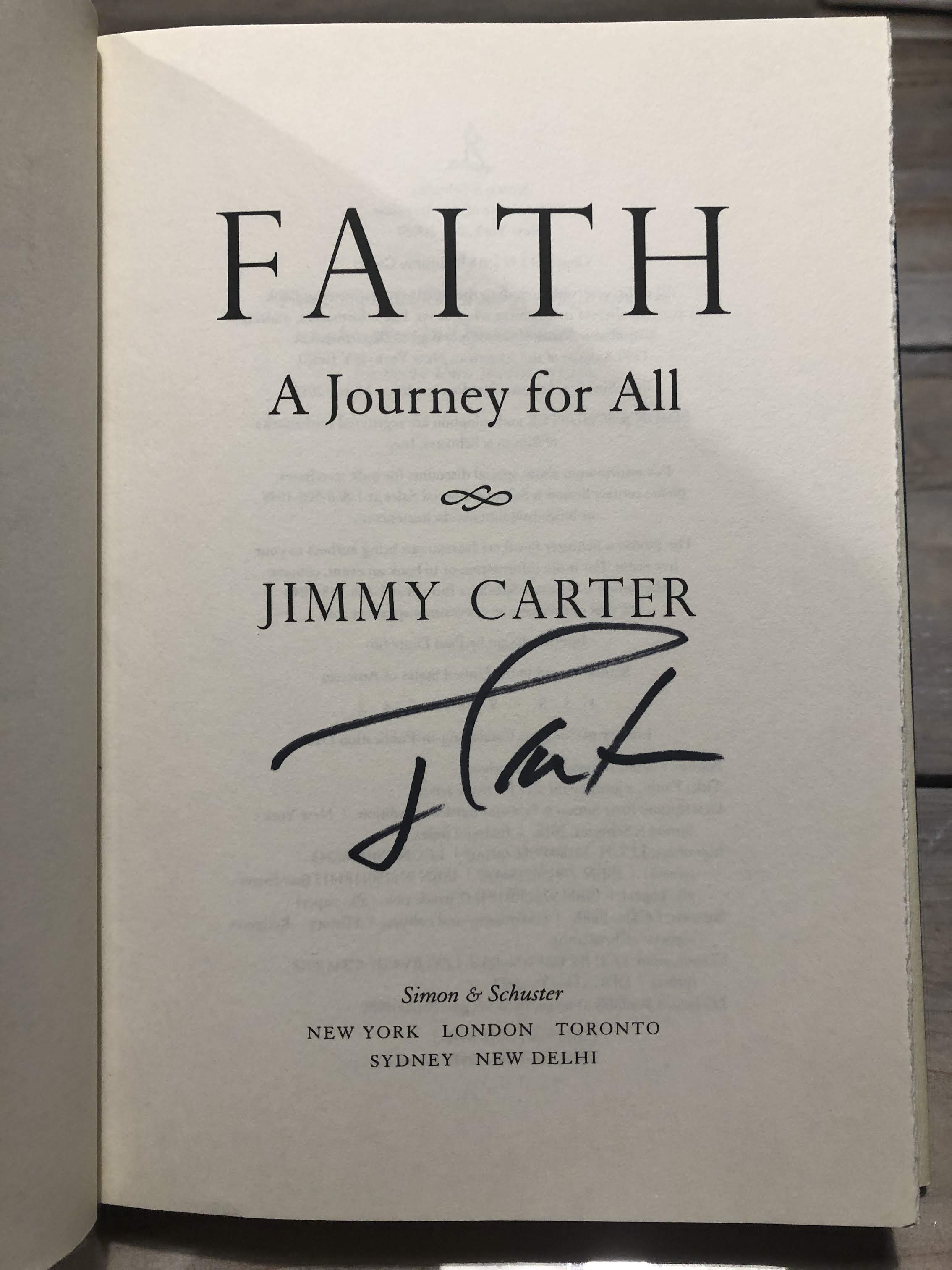
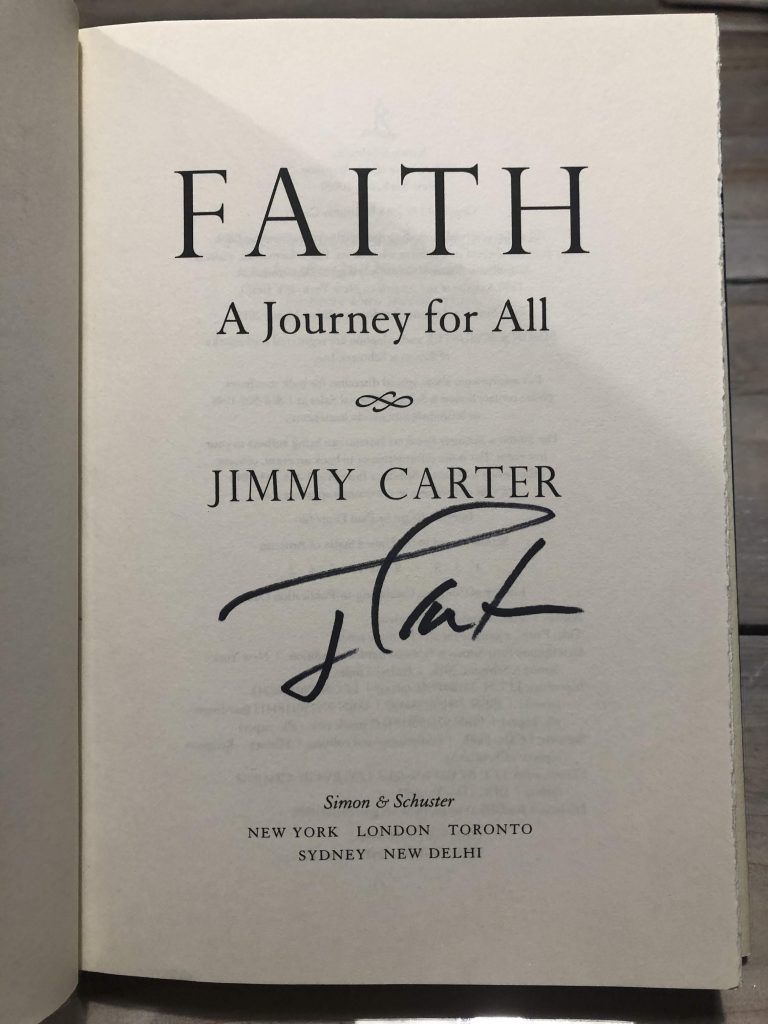
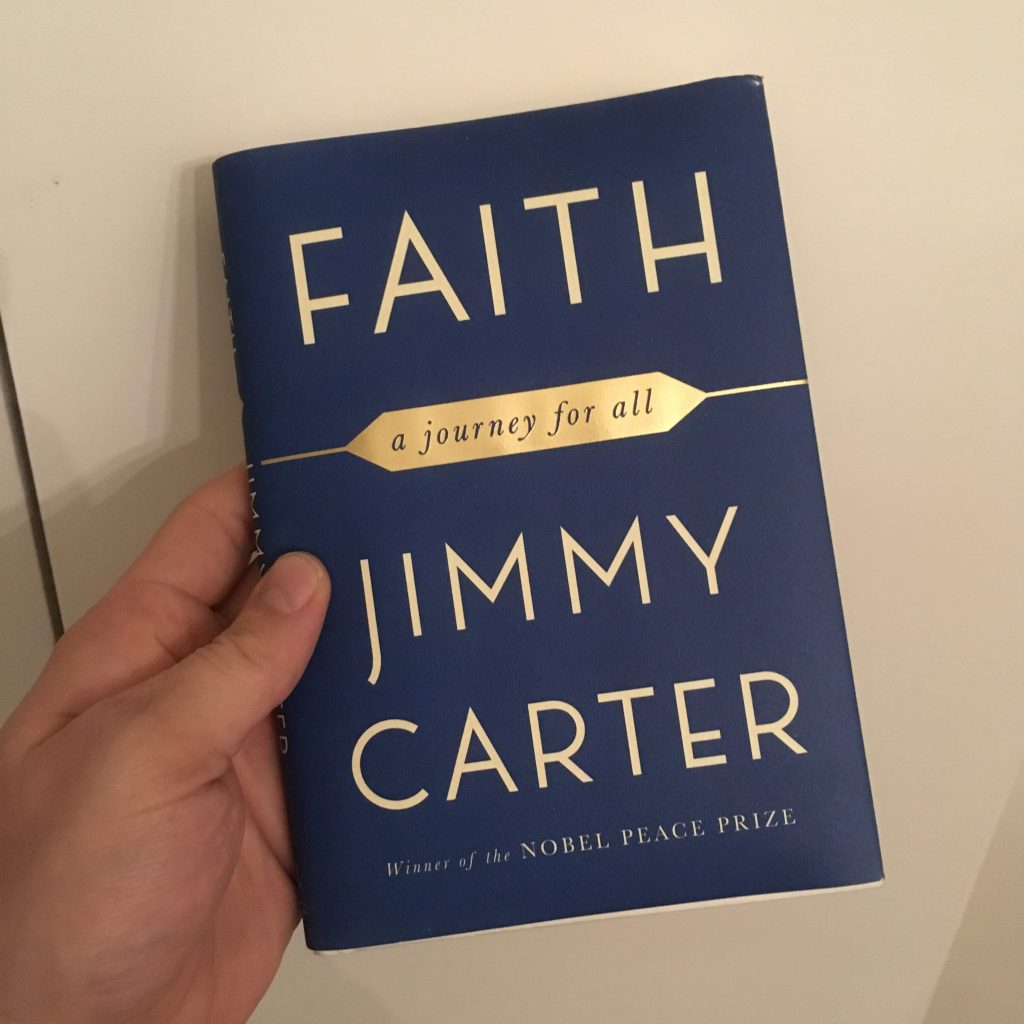

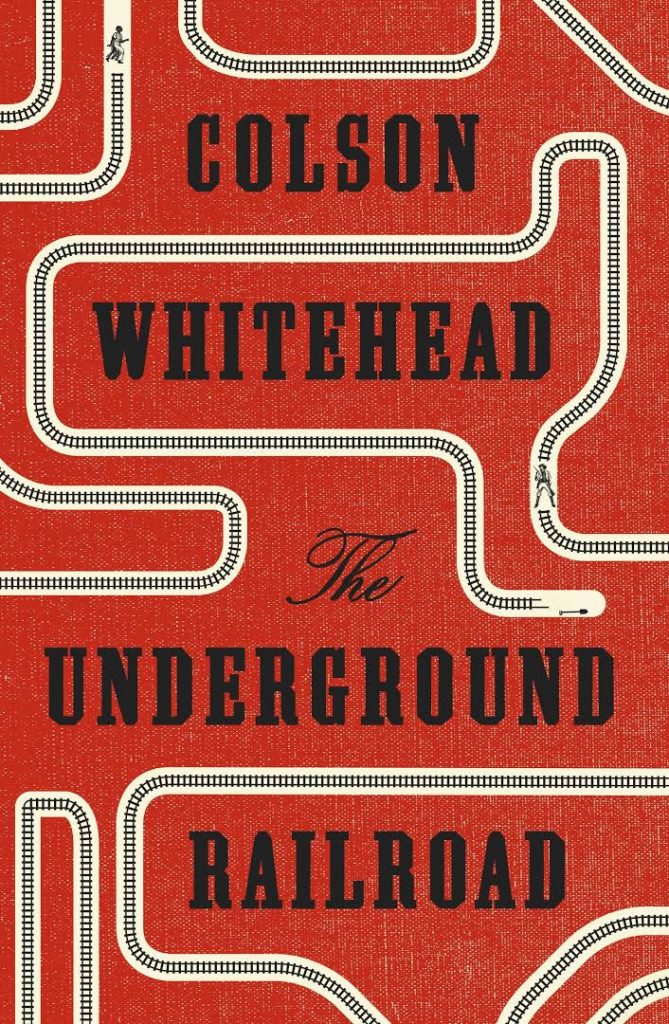
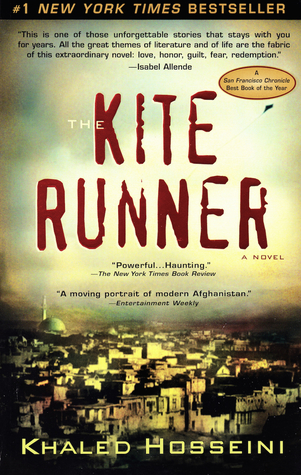
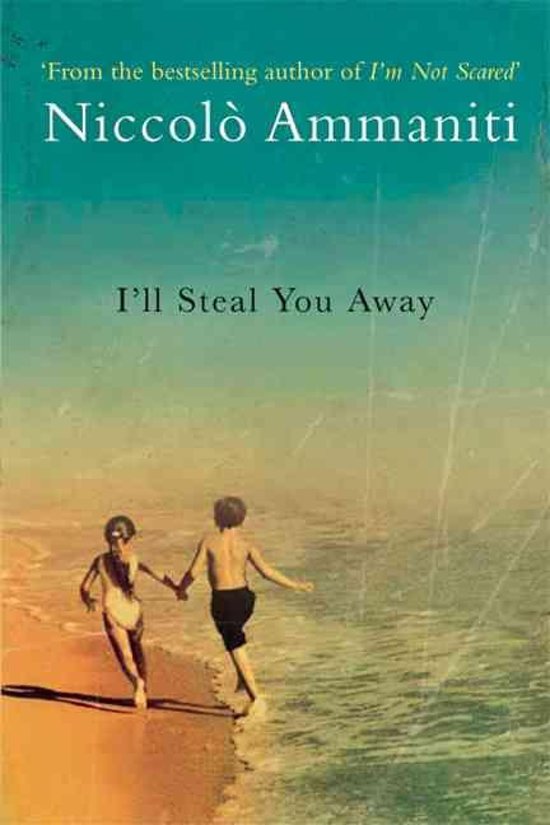
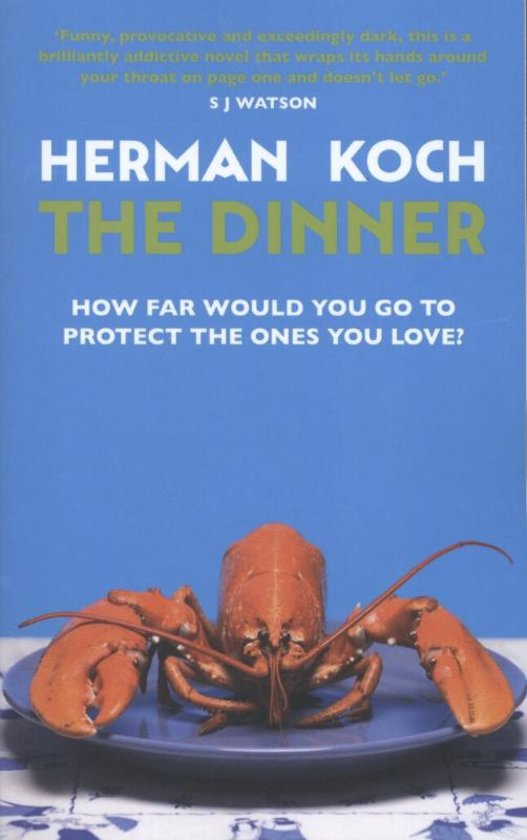

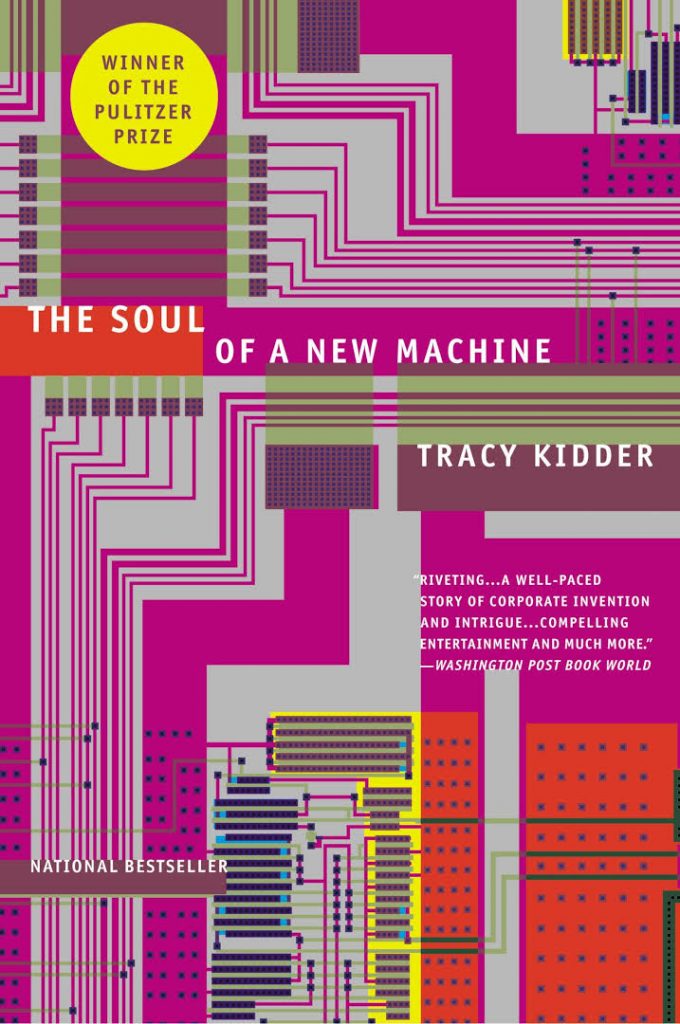
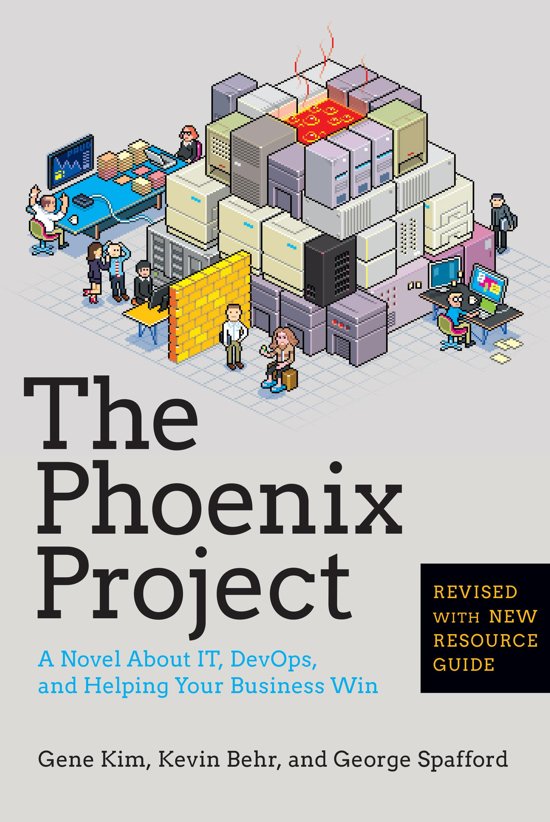


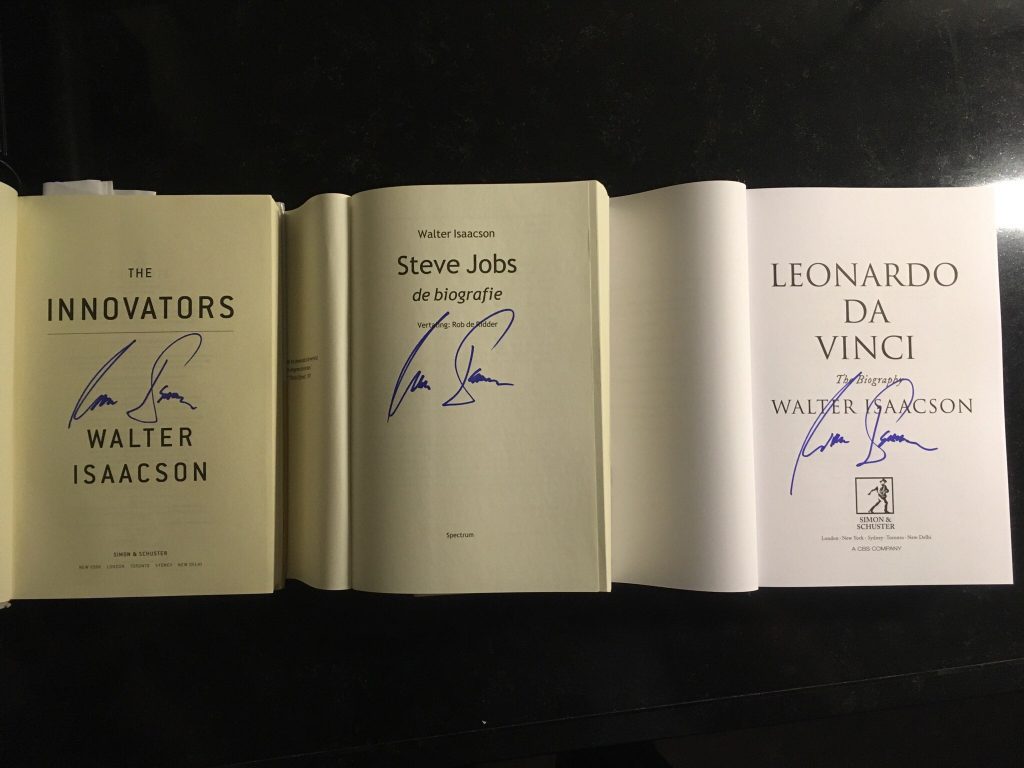
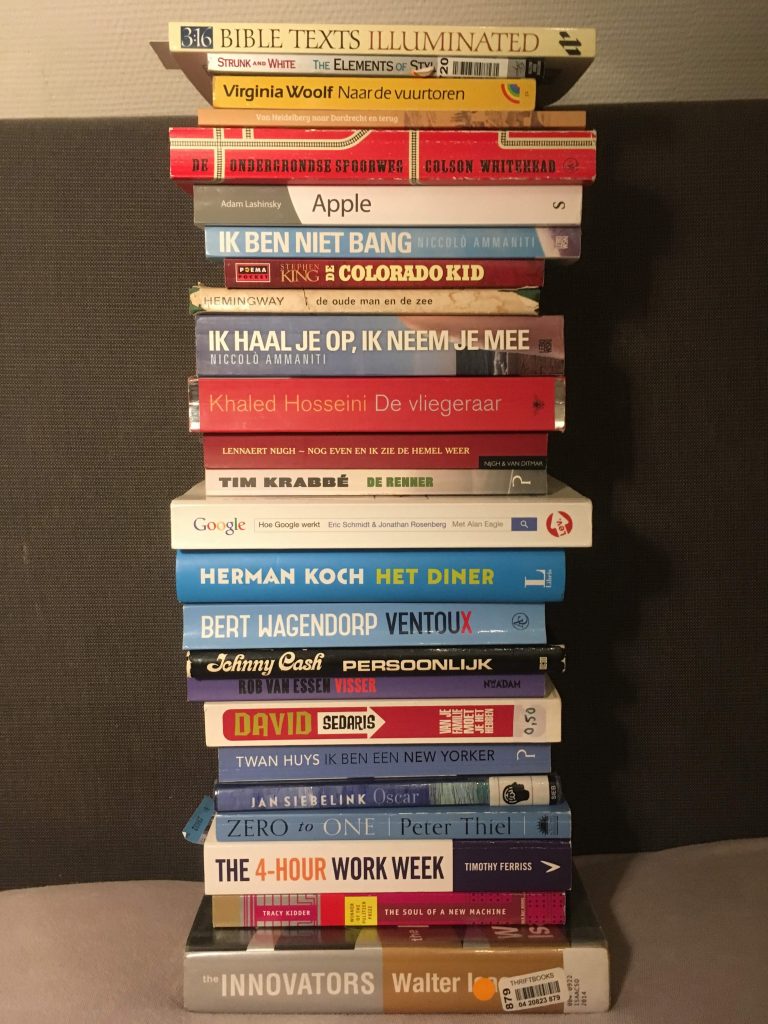

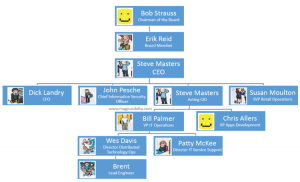
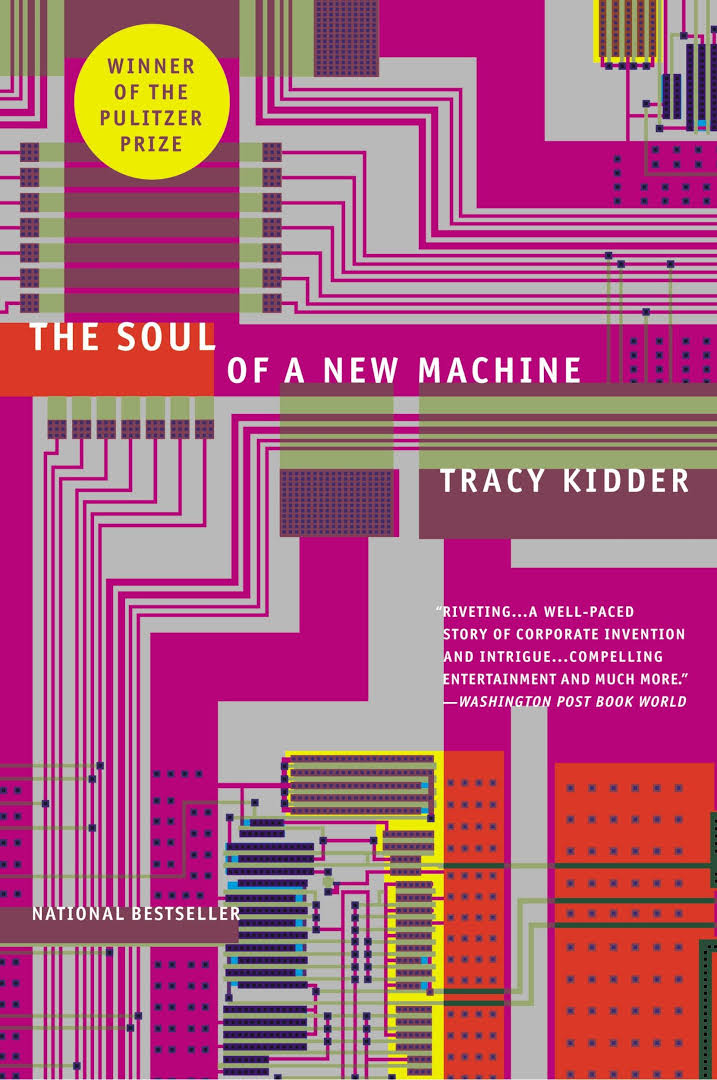
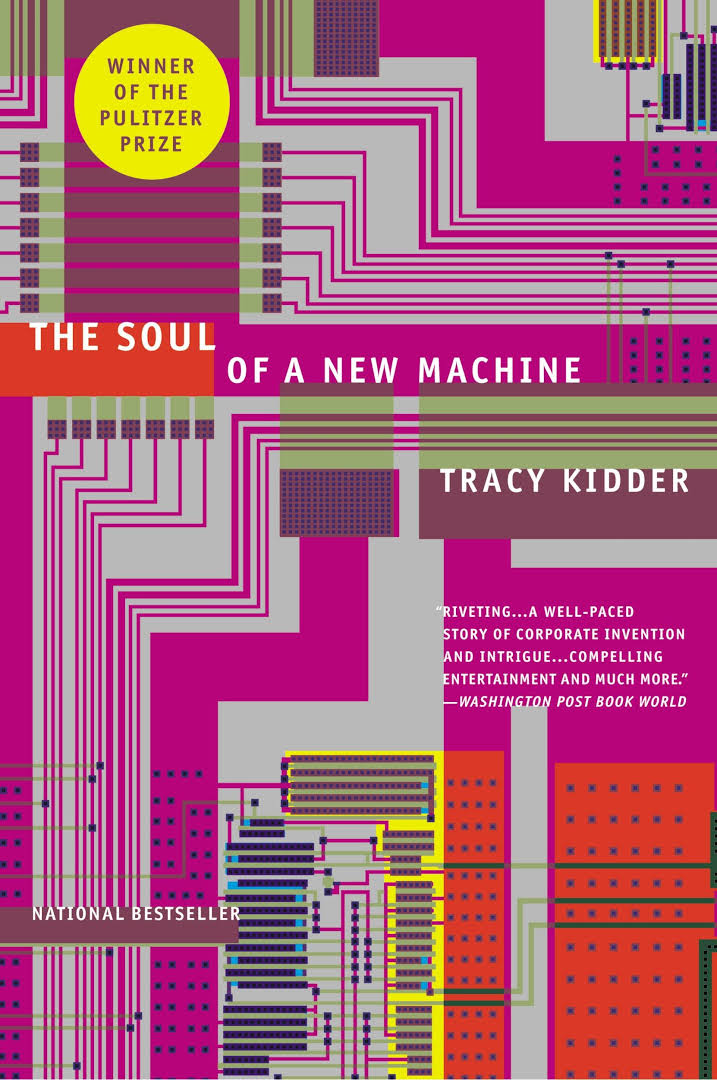

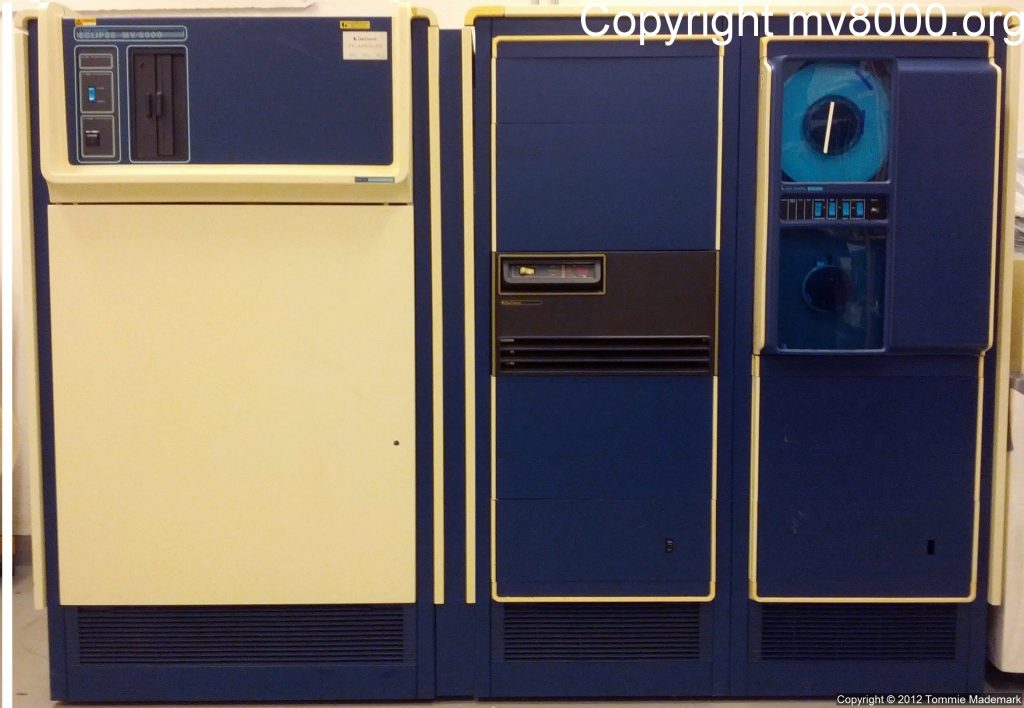

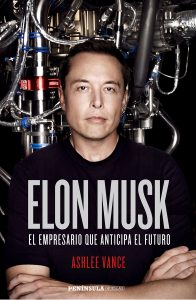 This book by
This book by 

